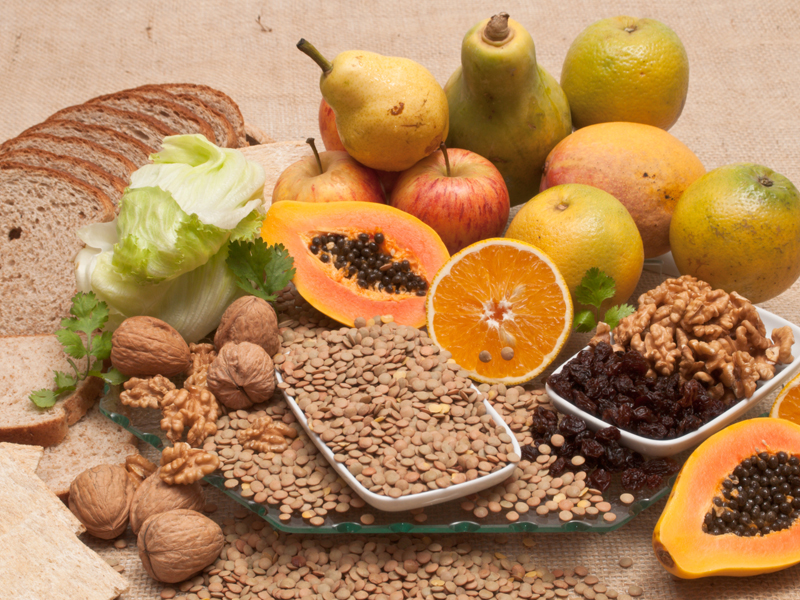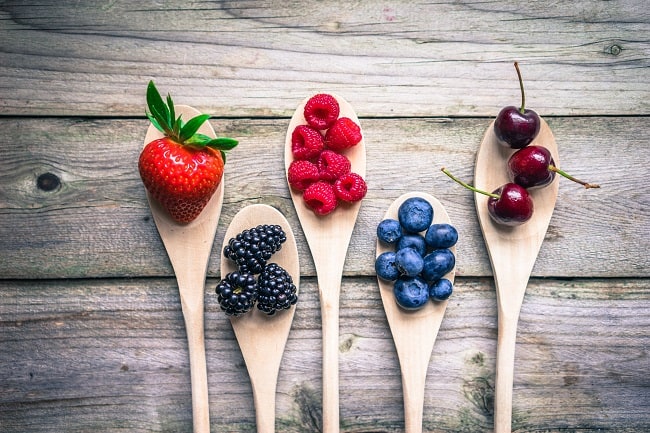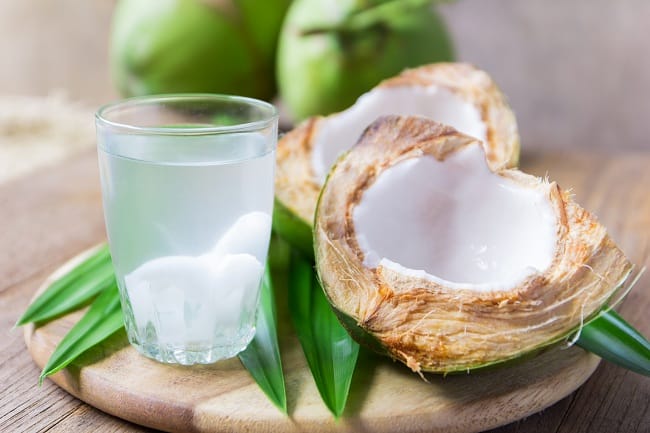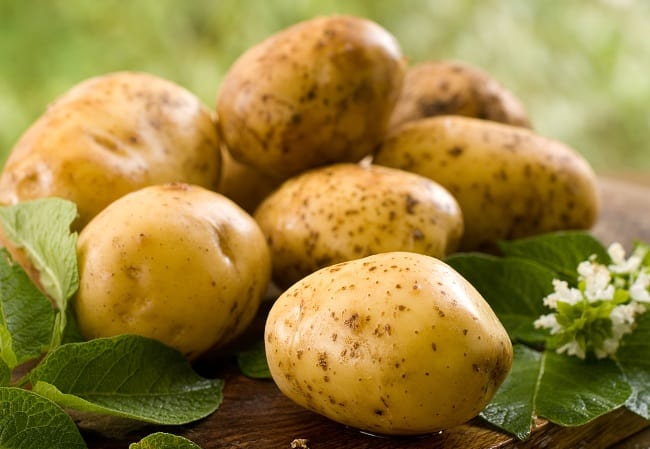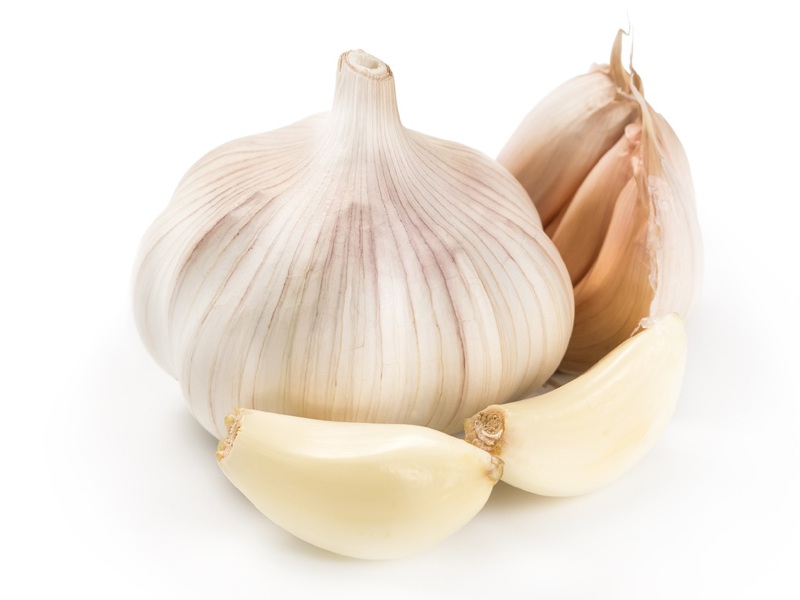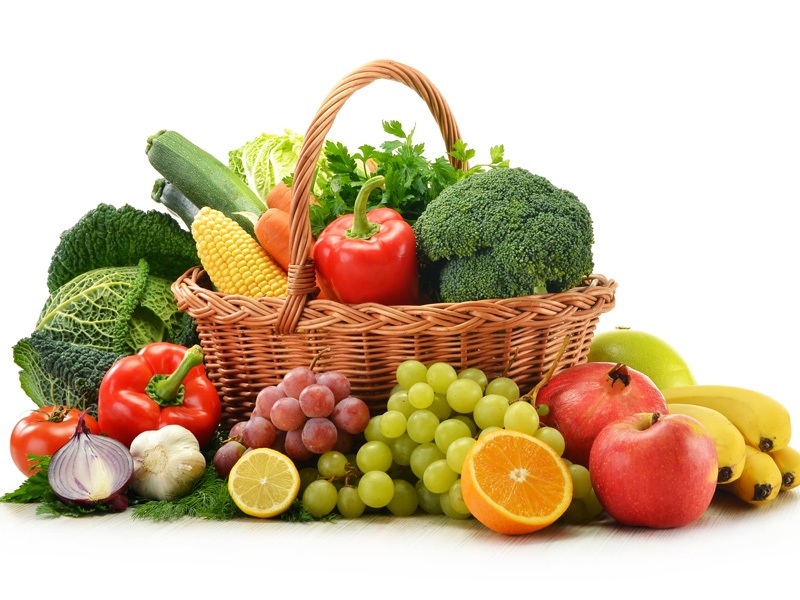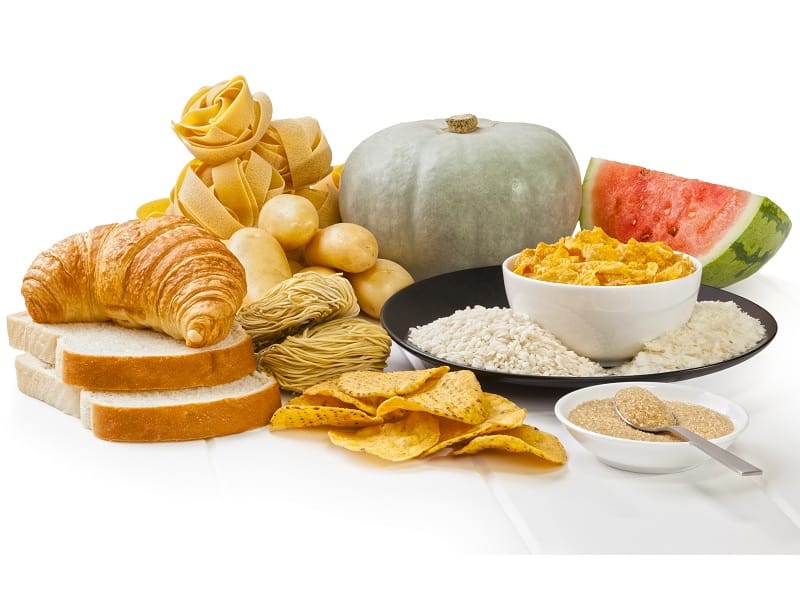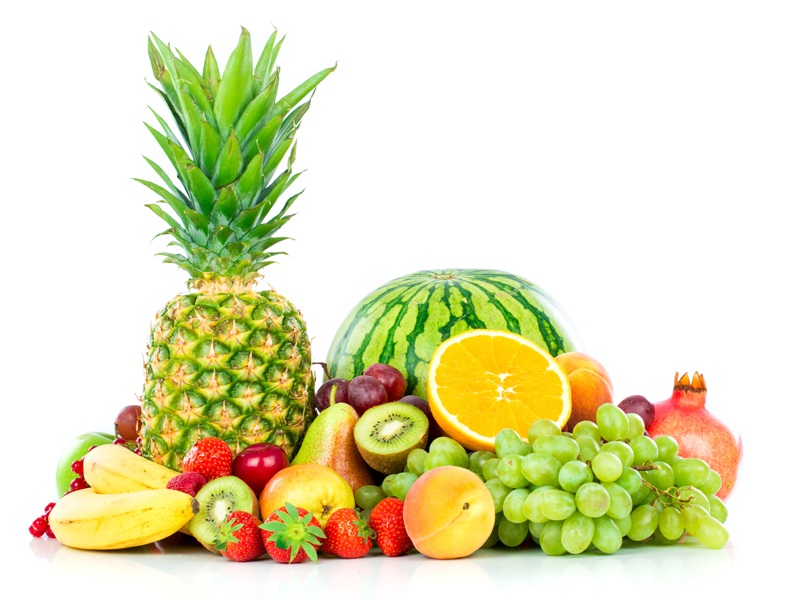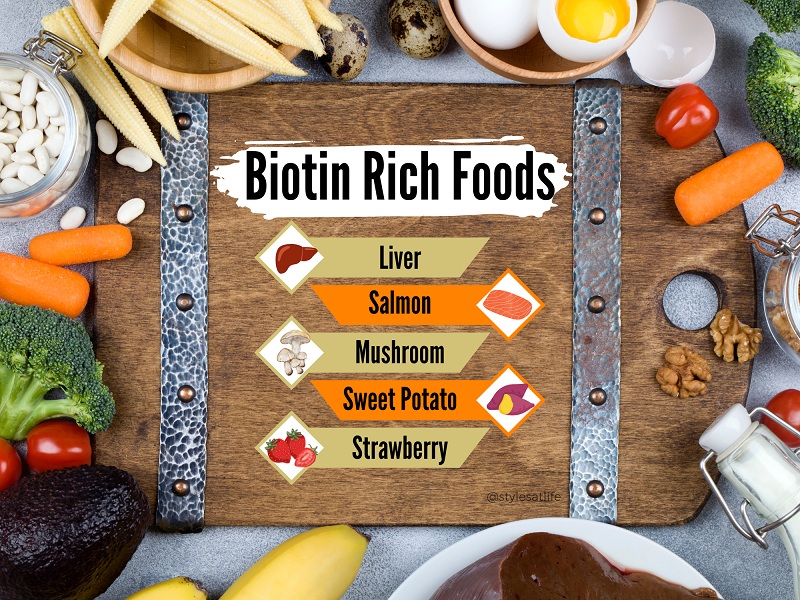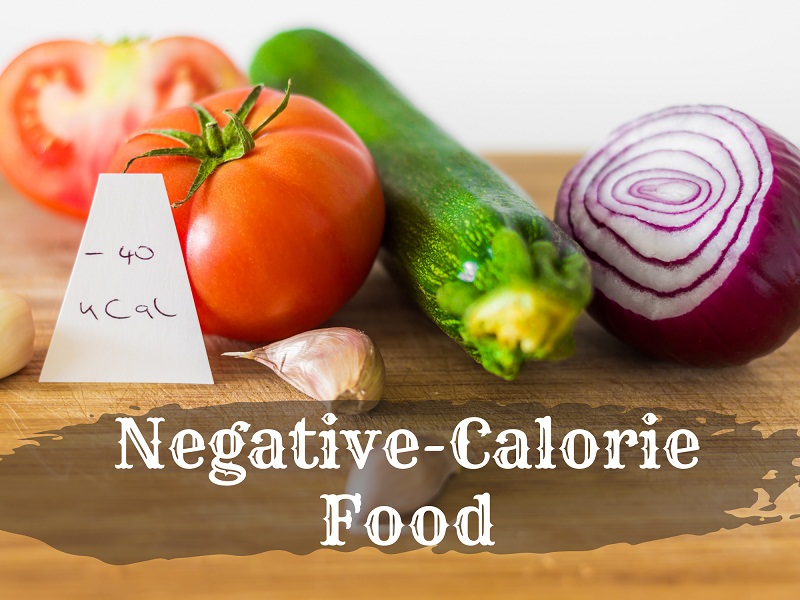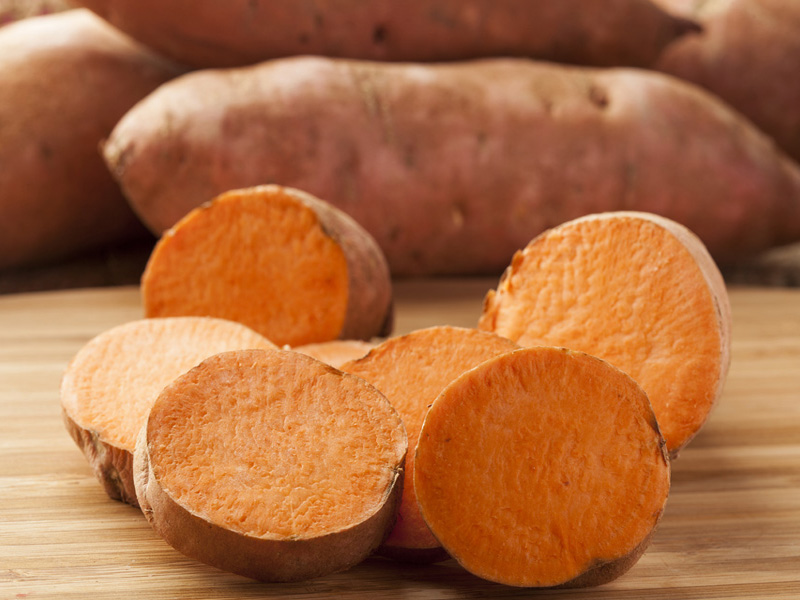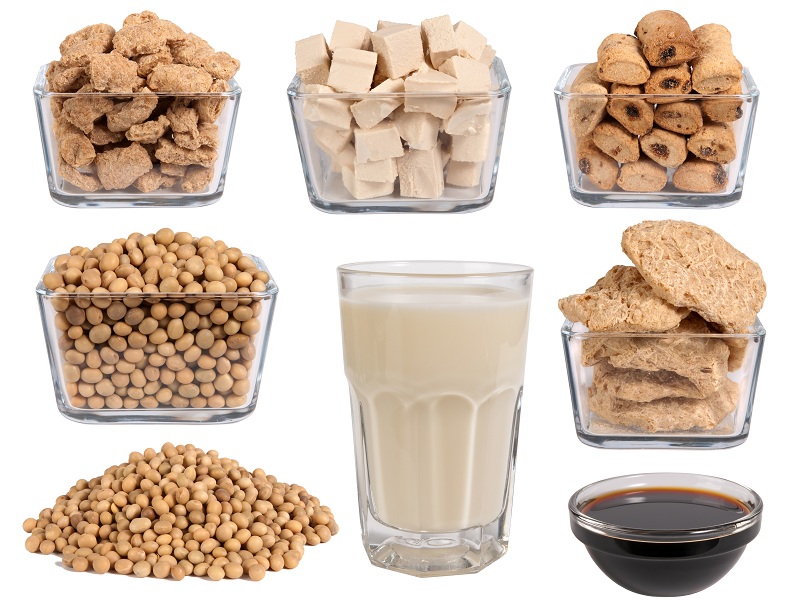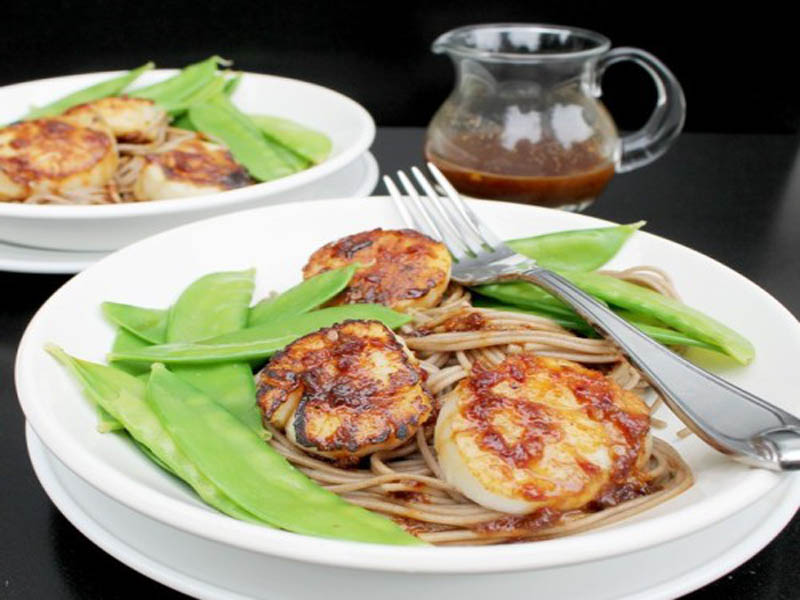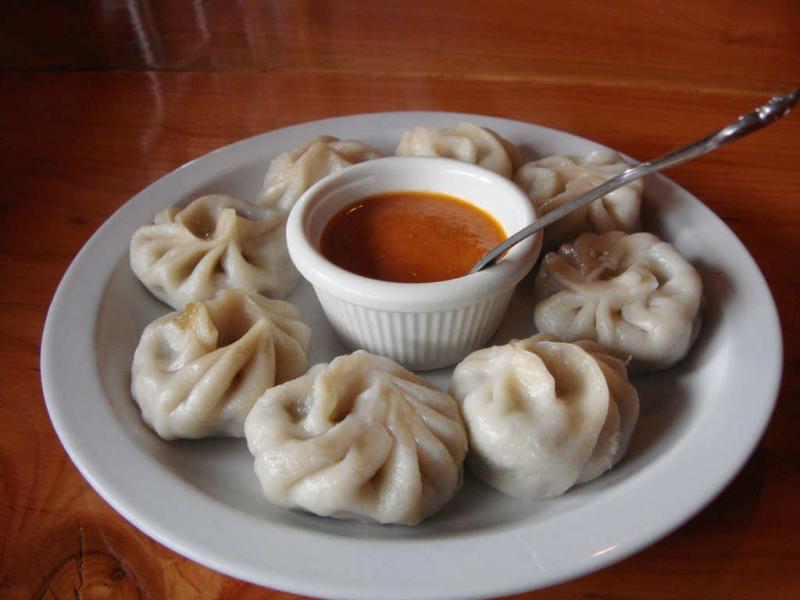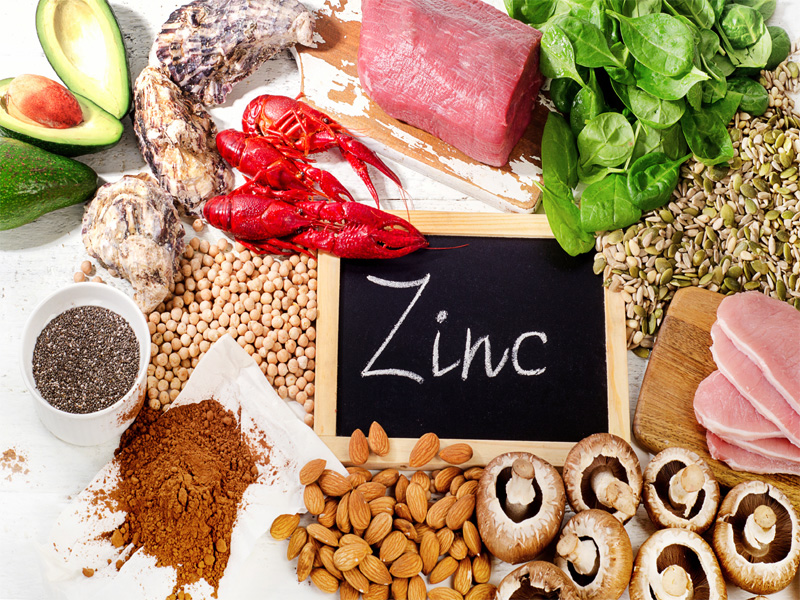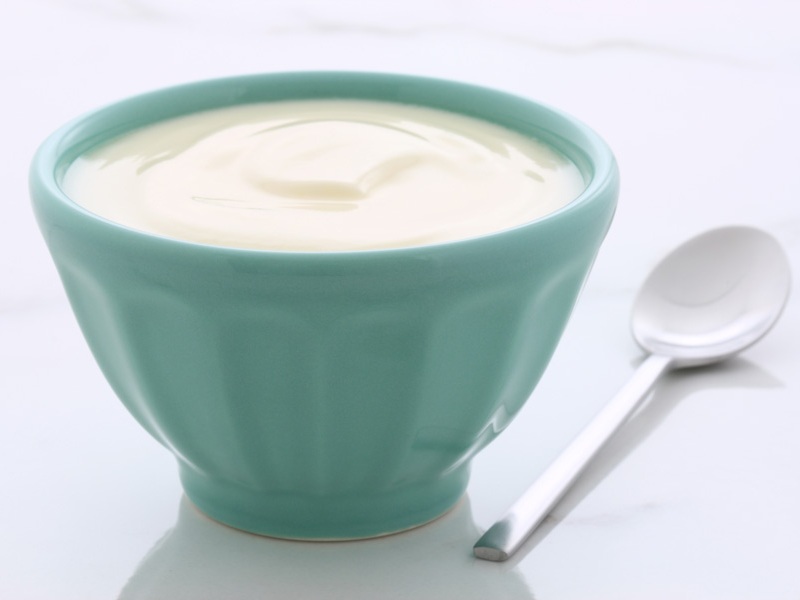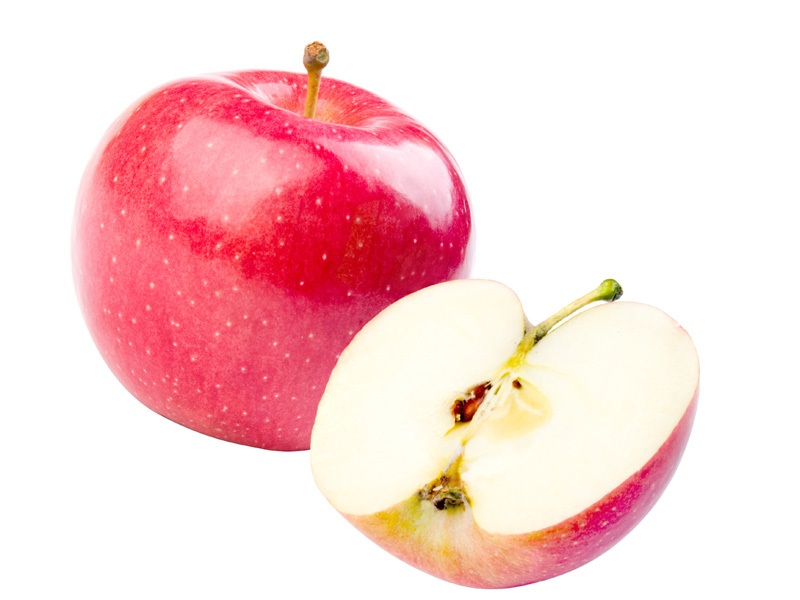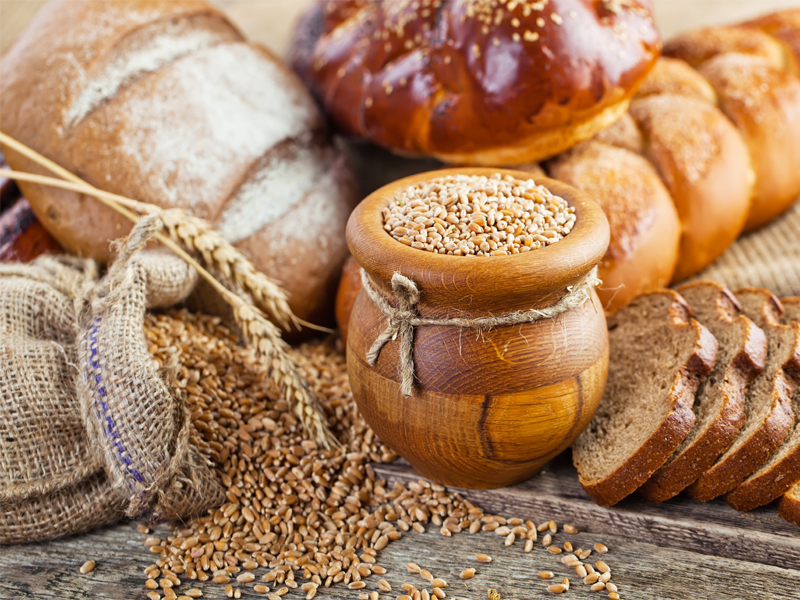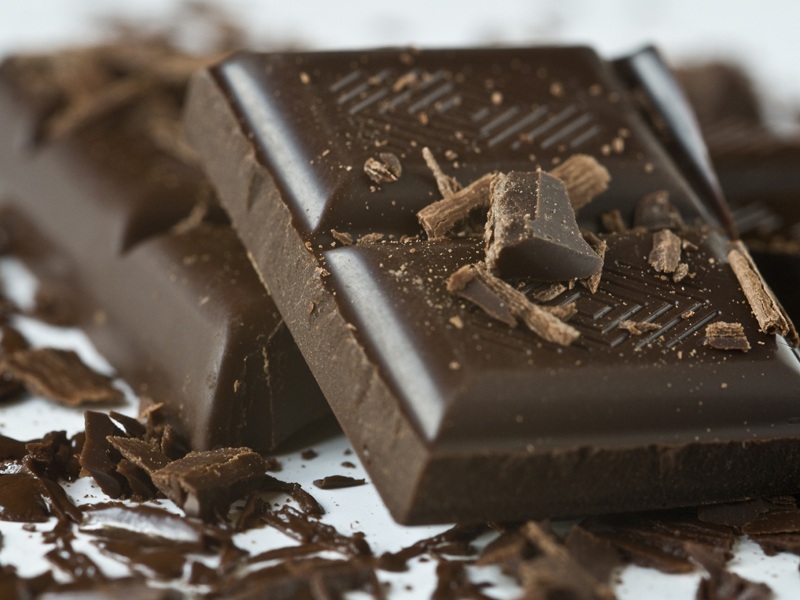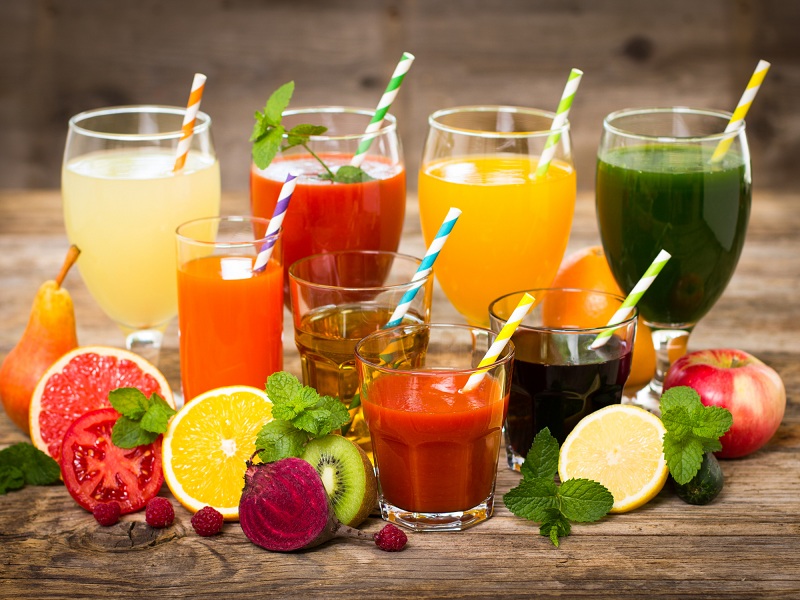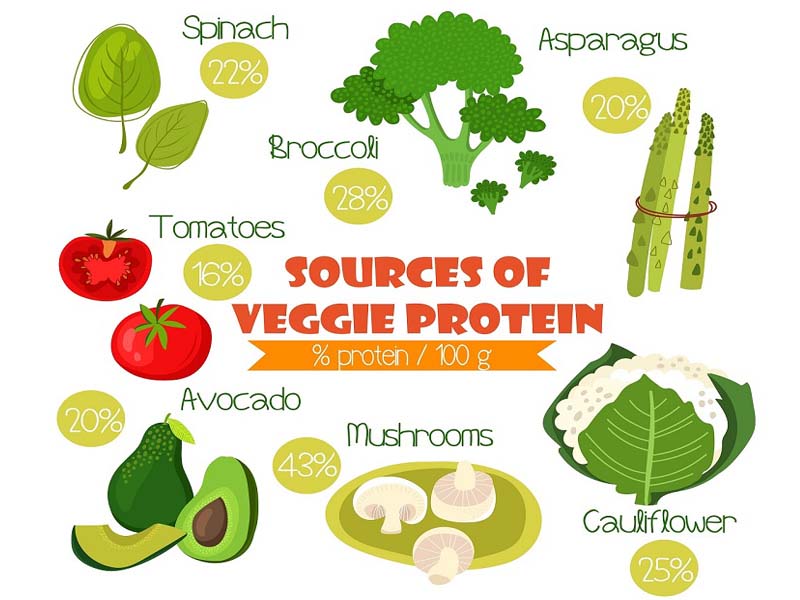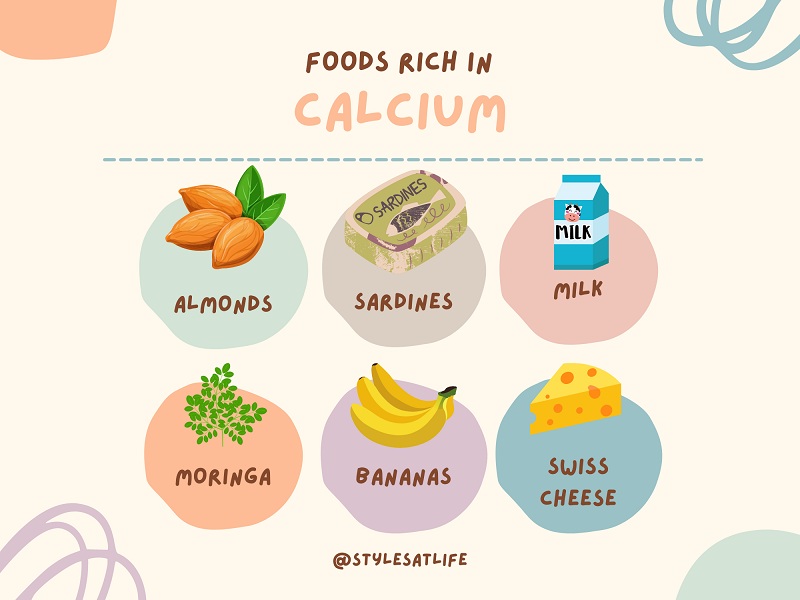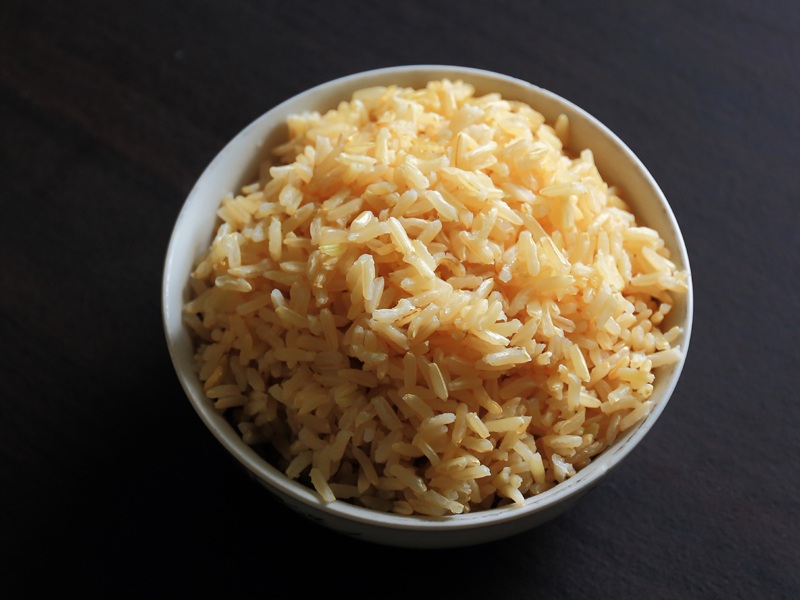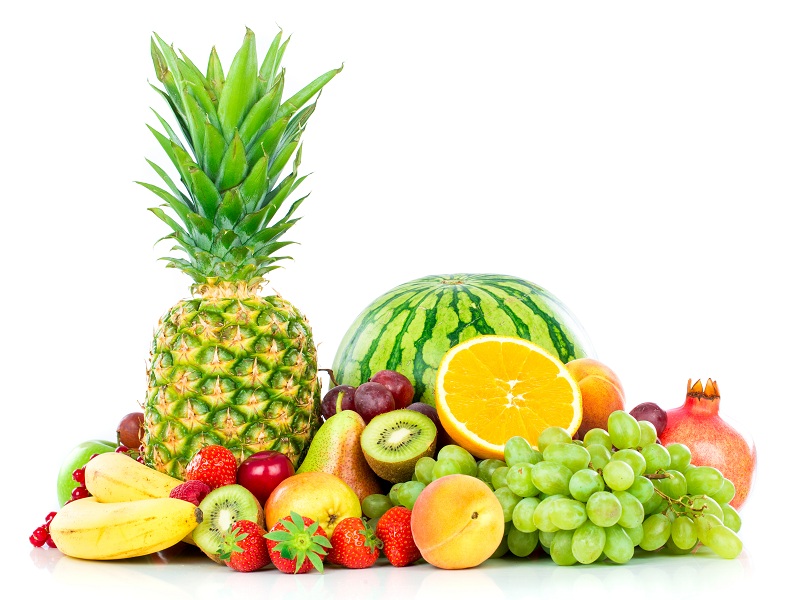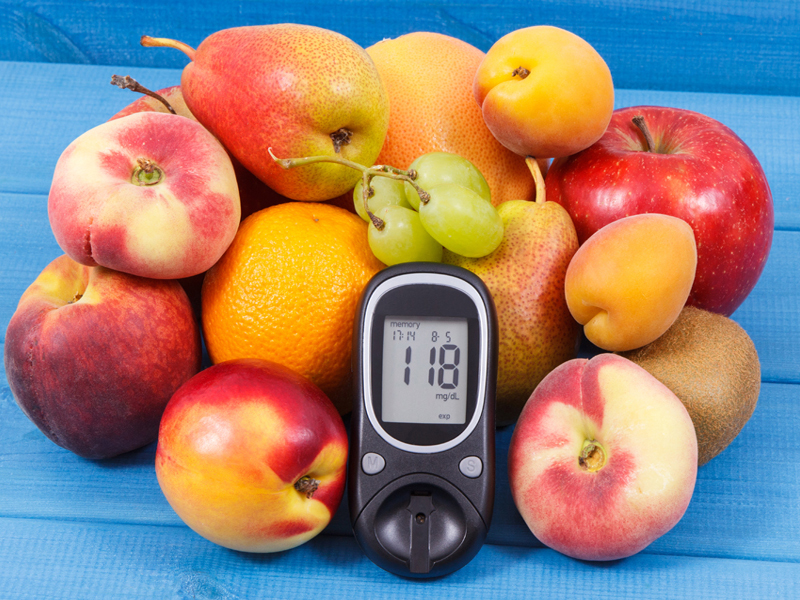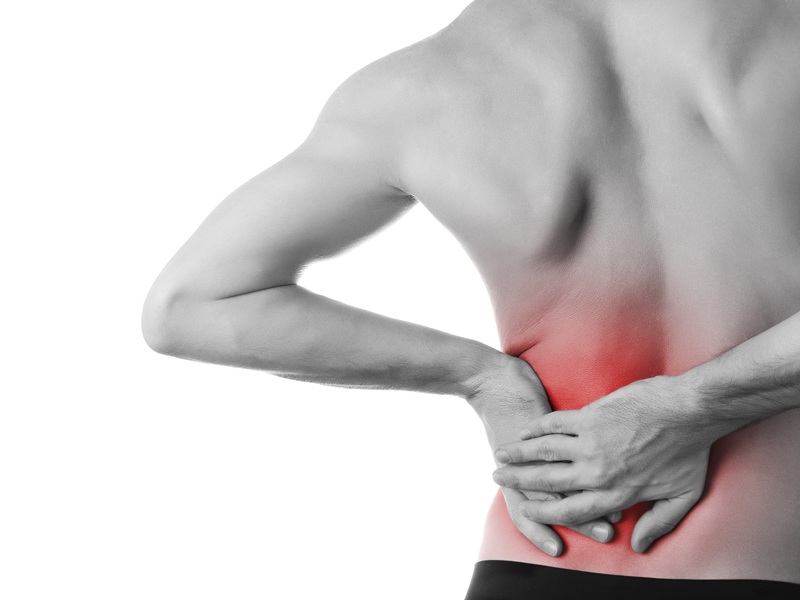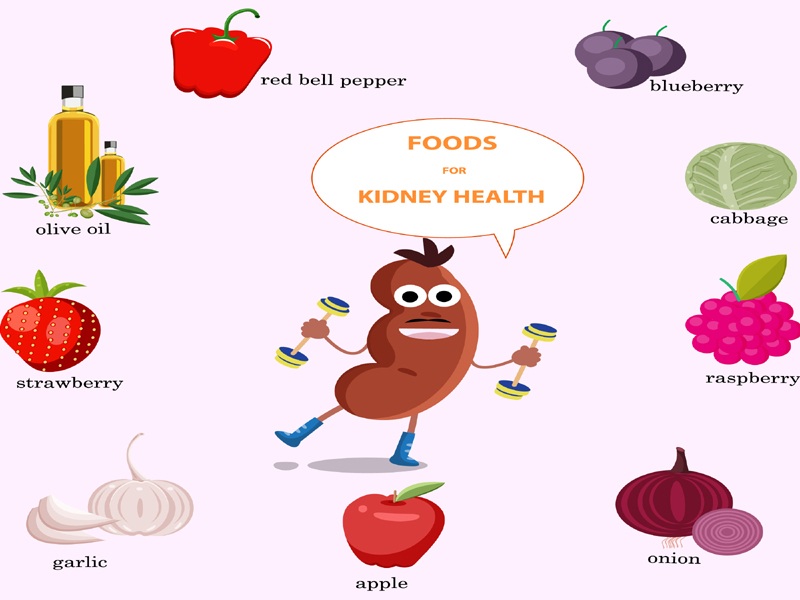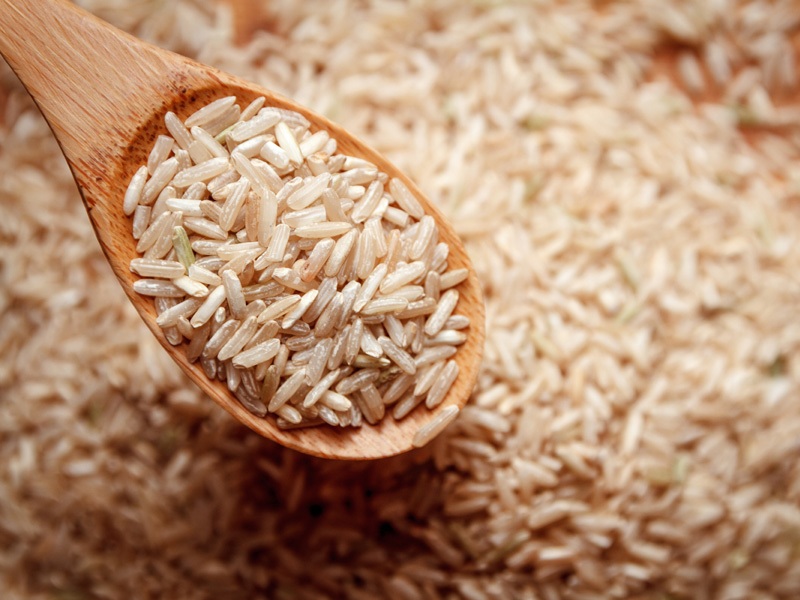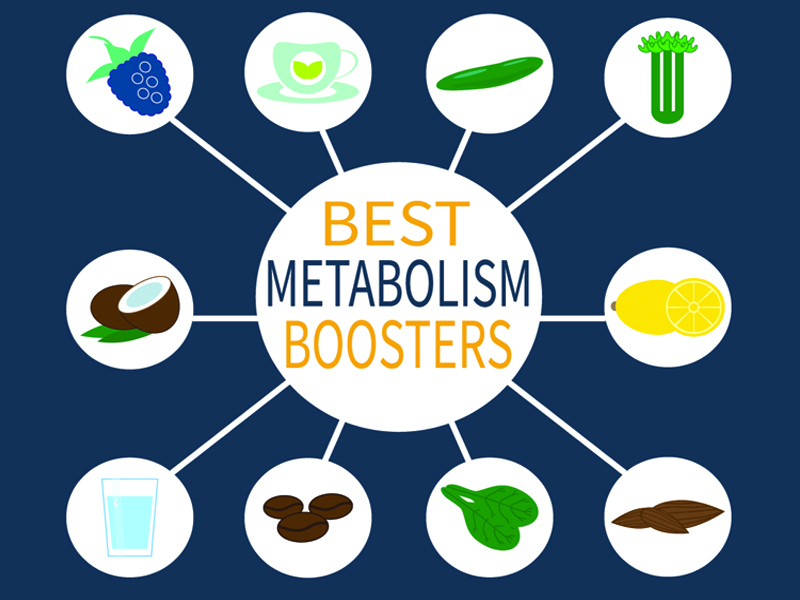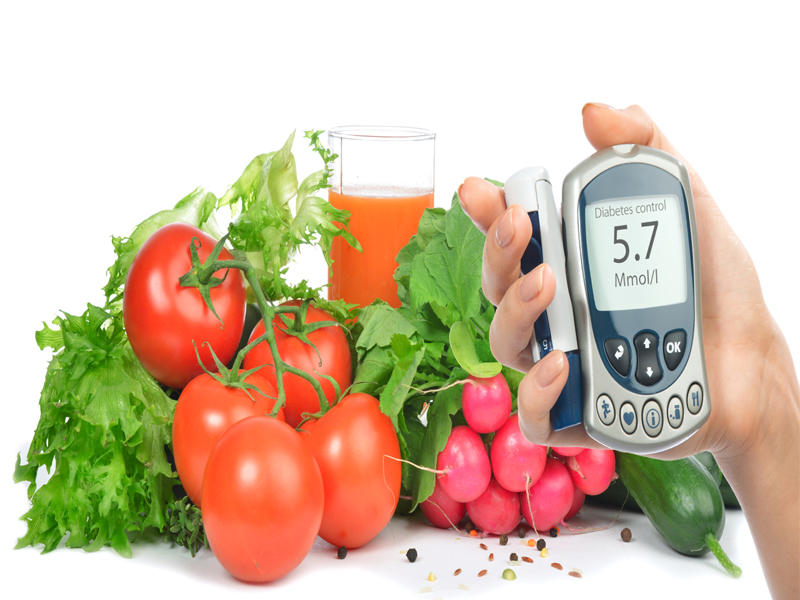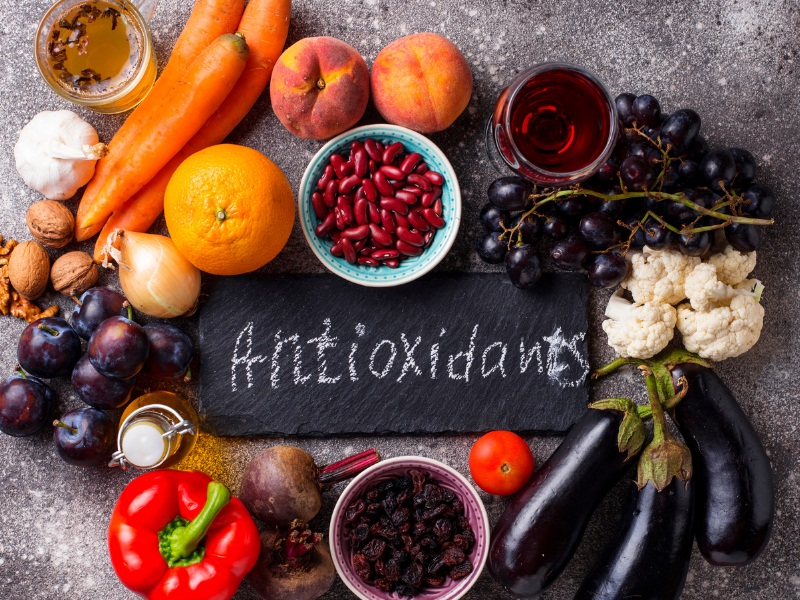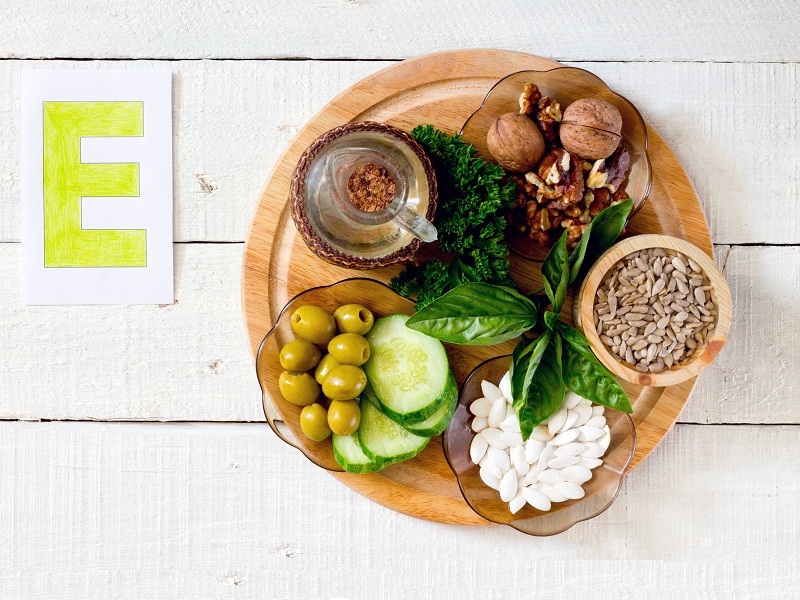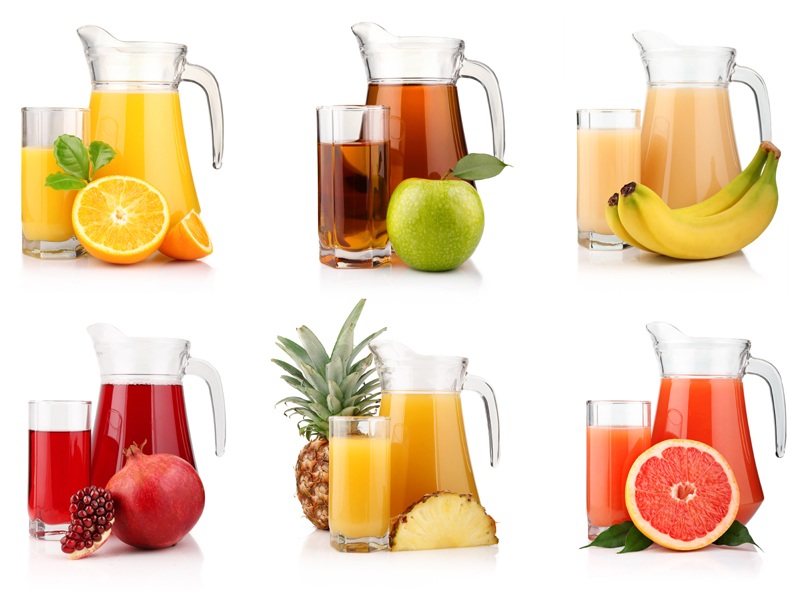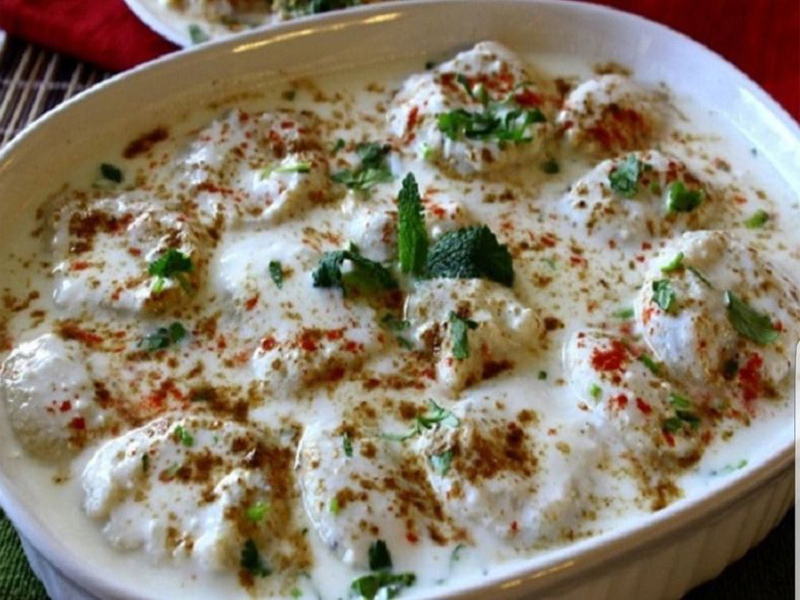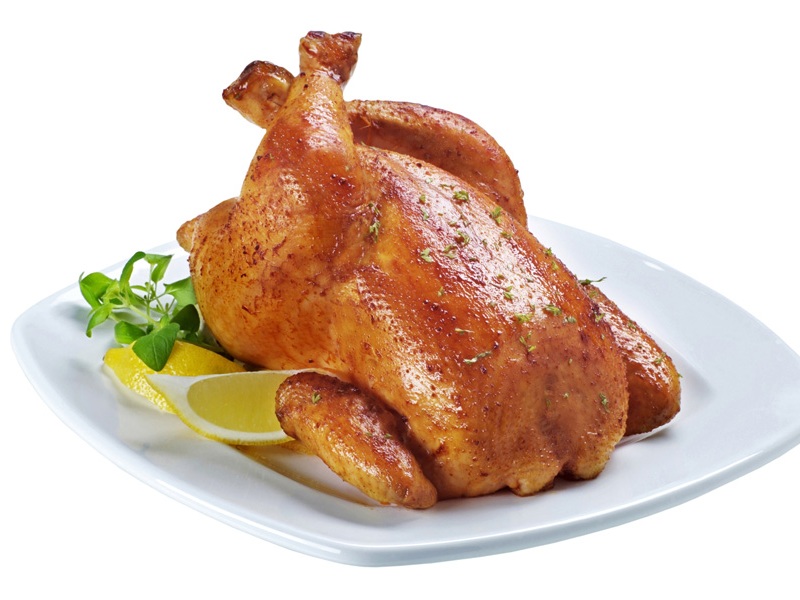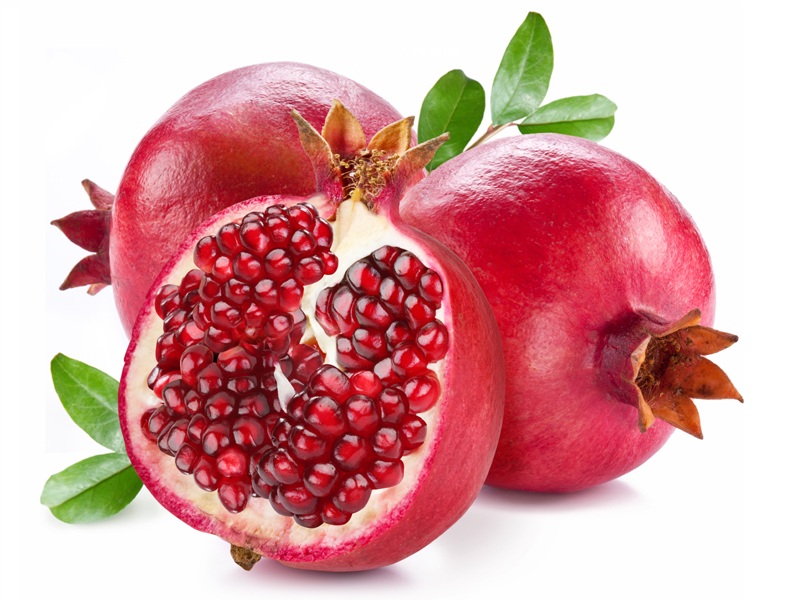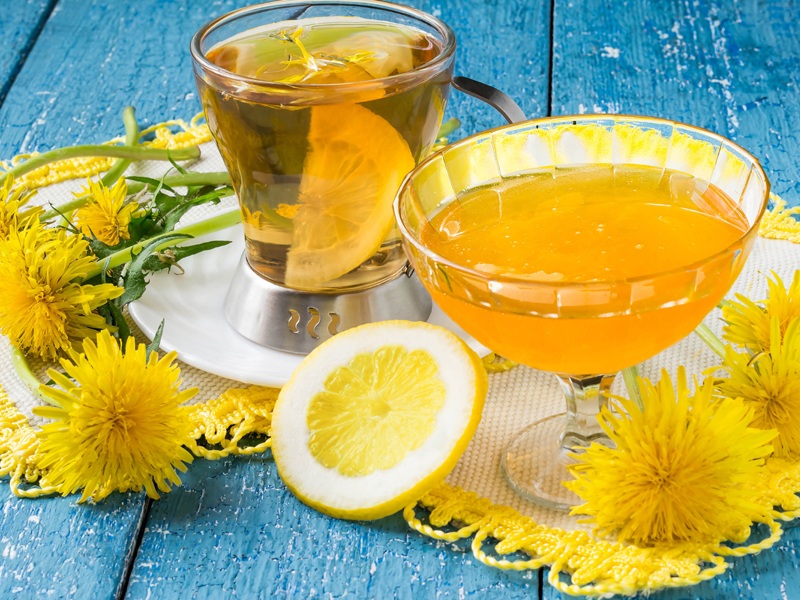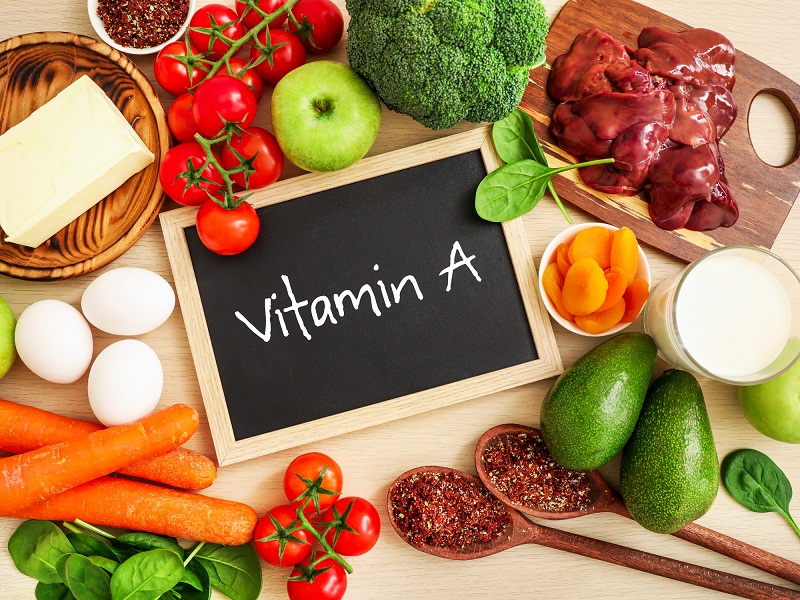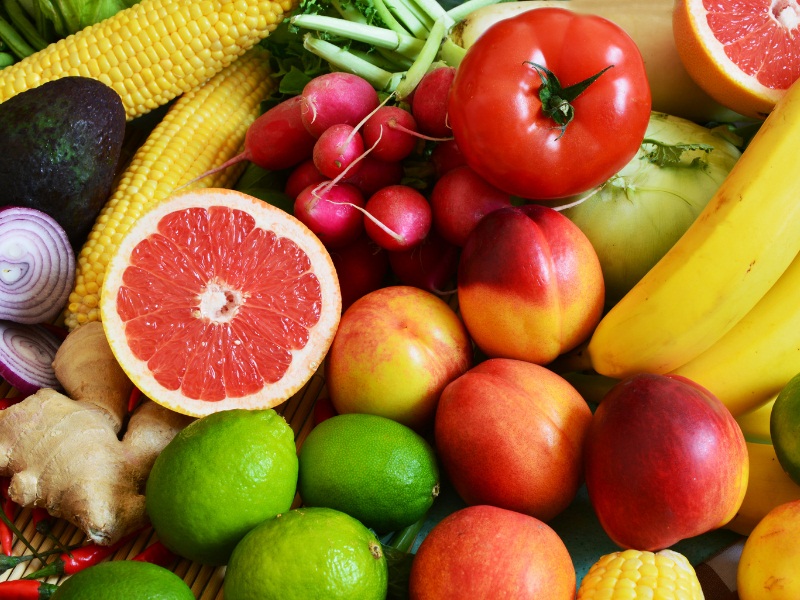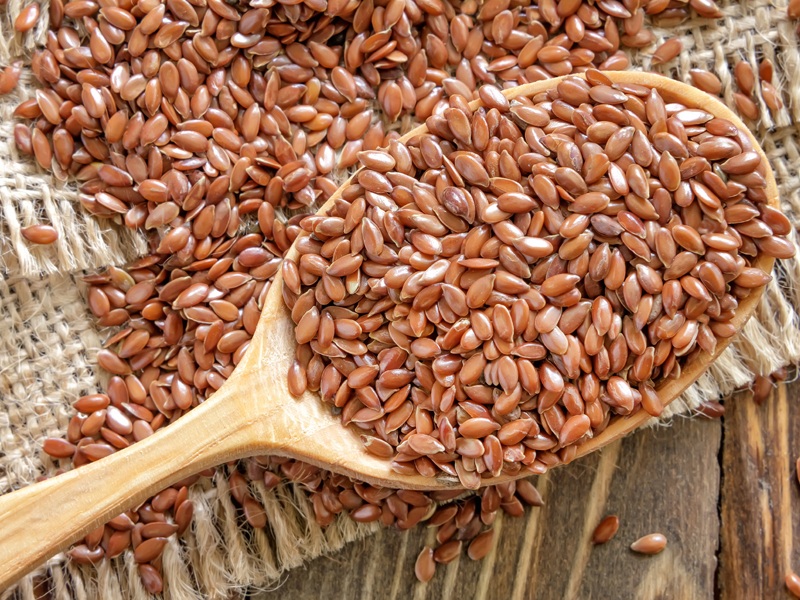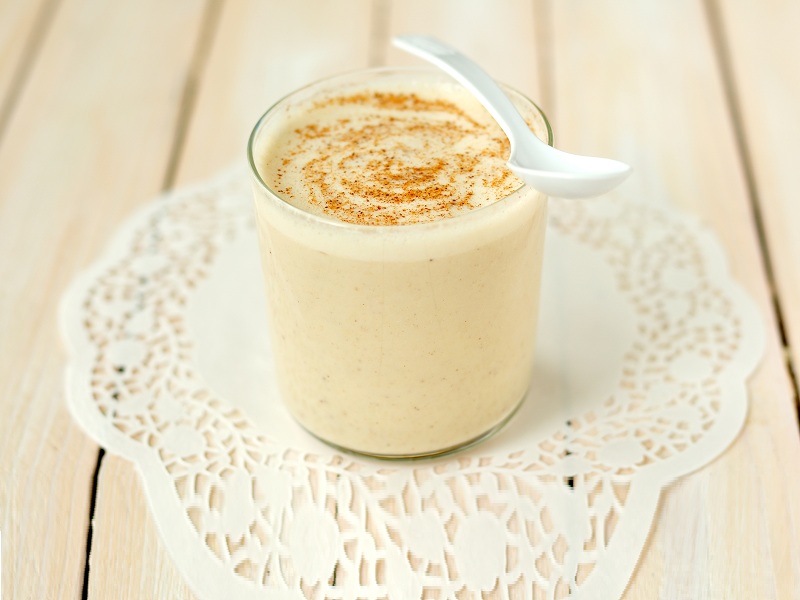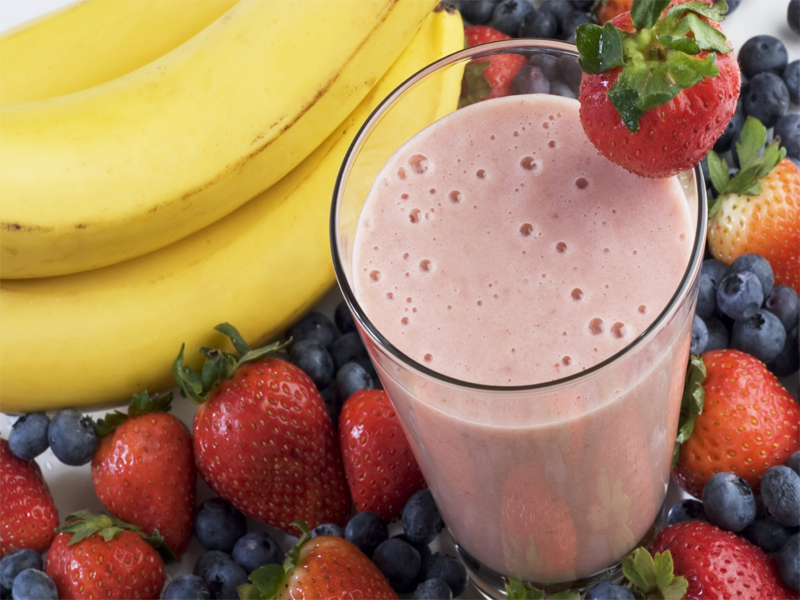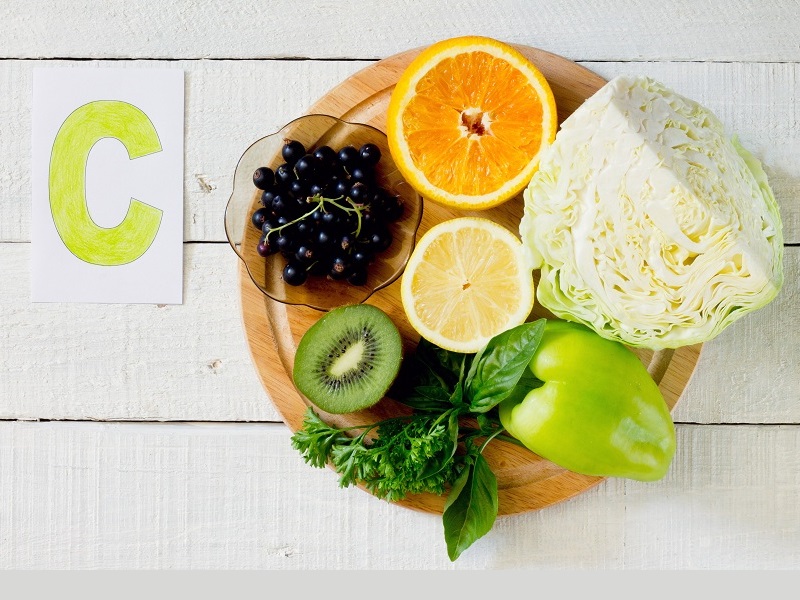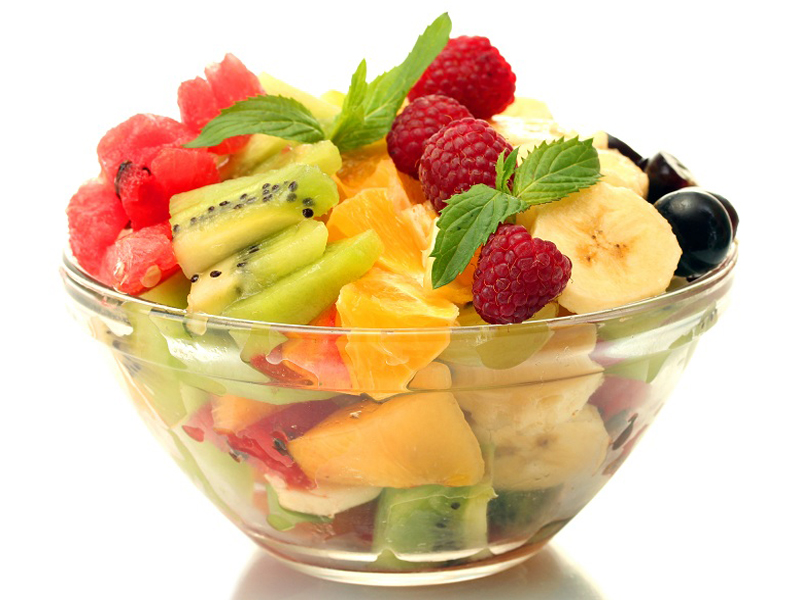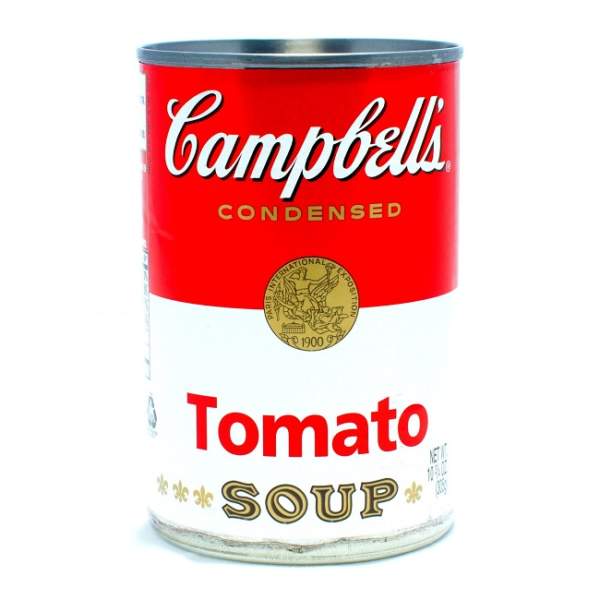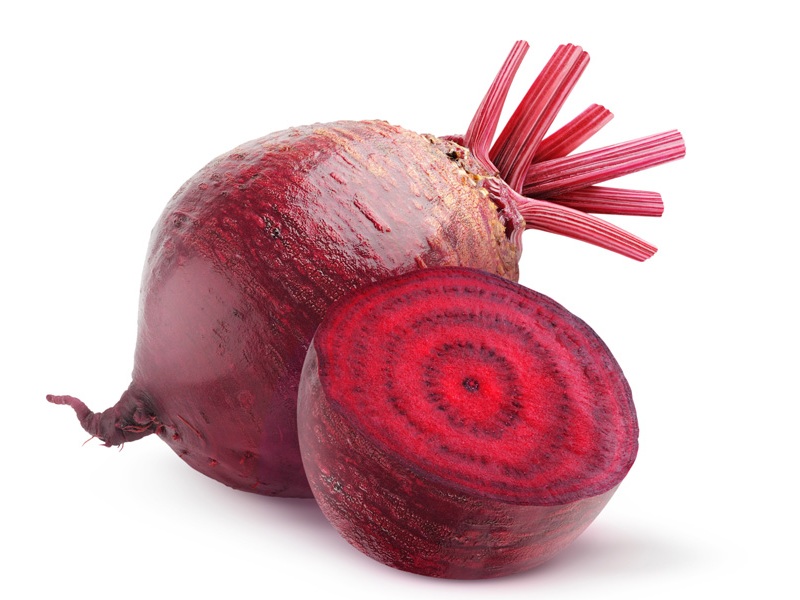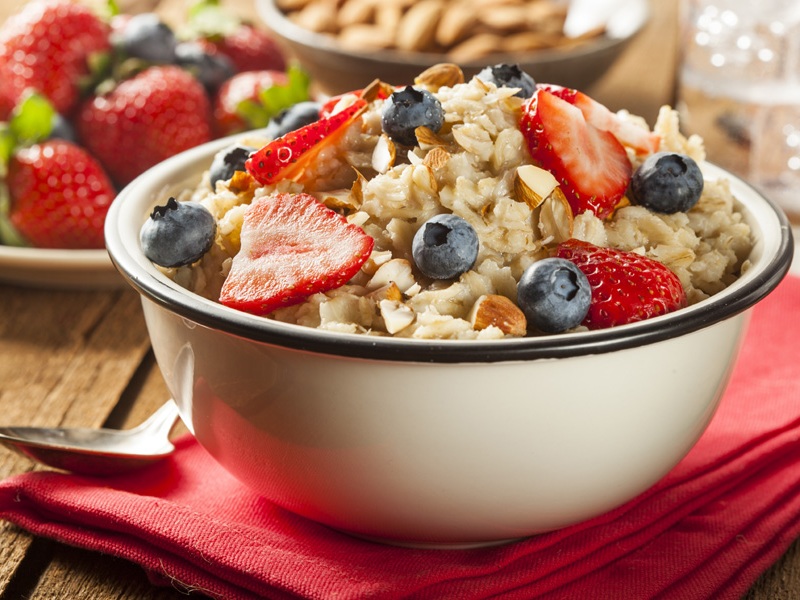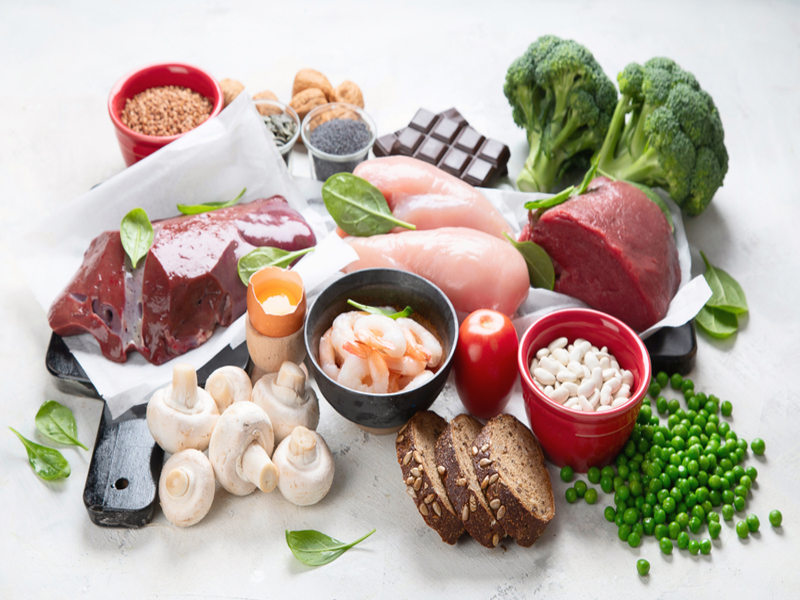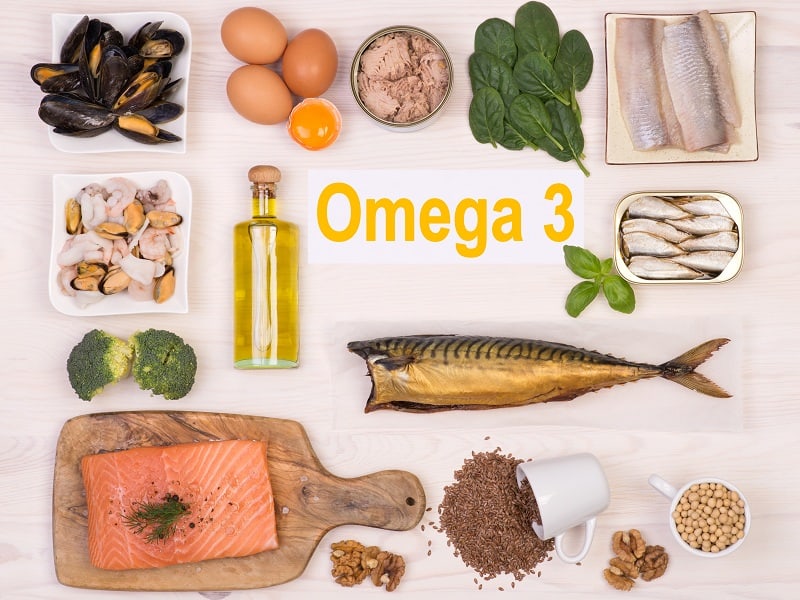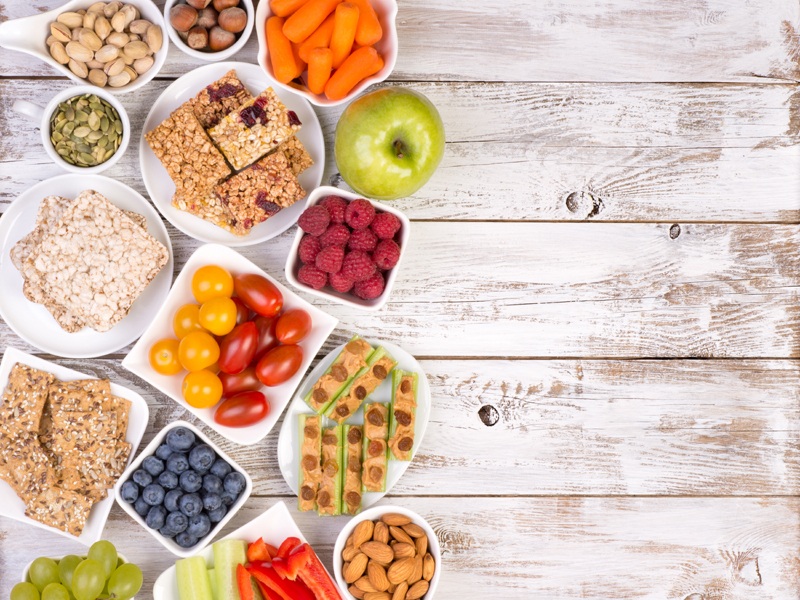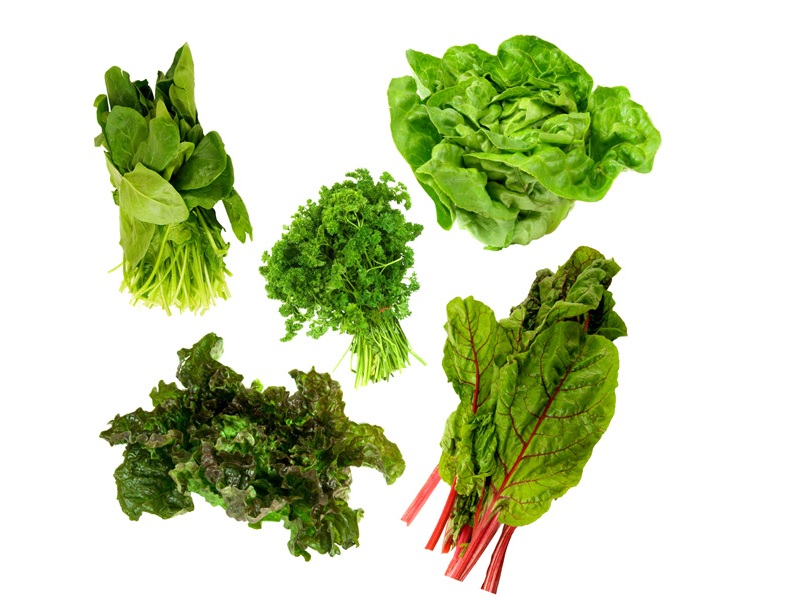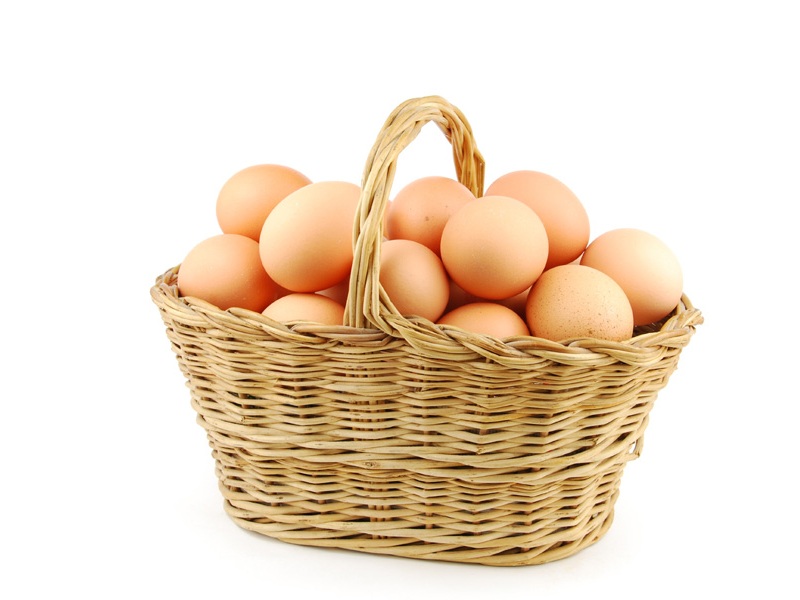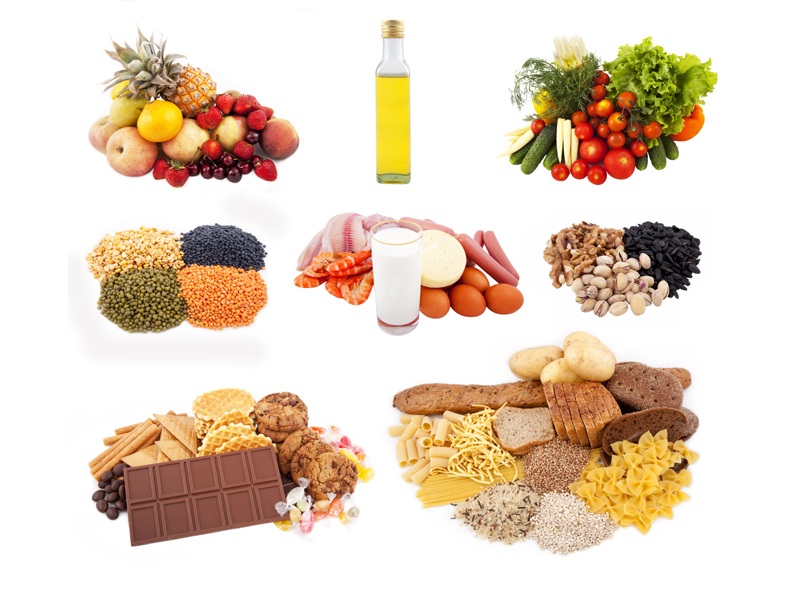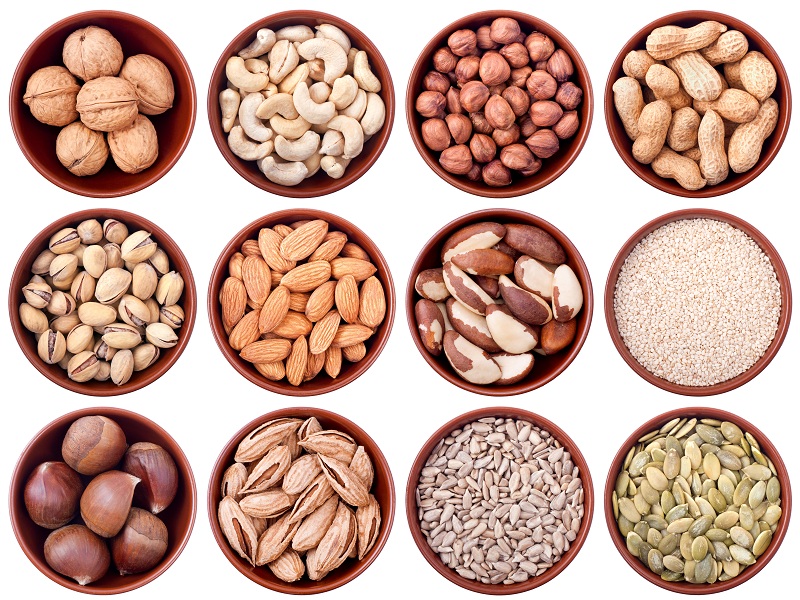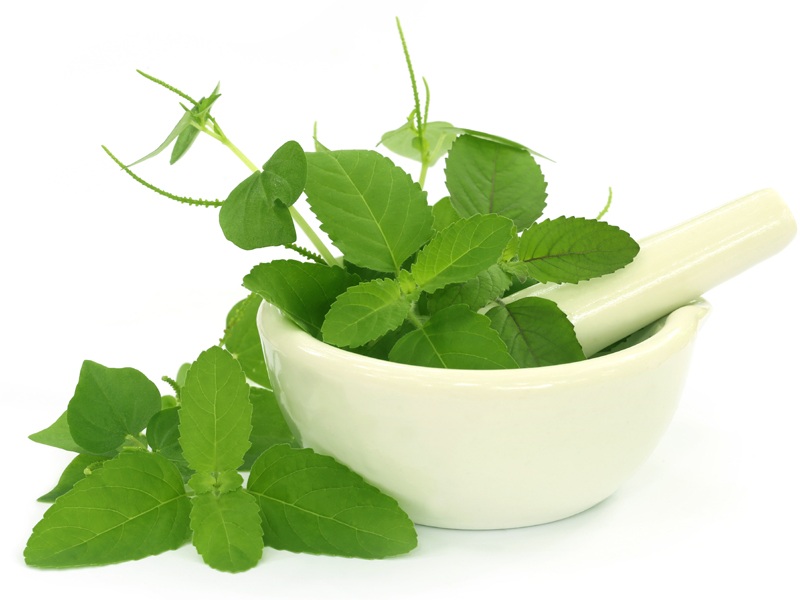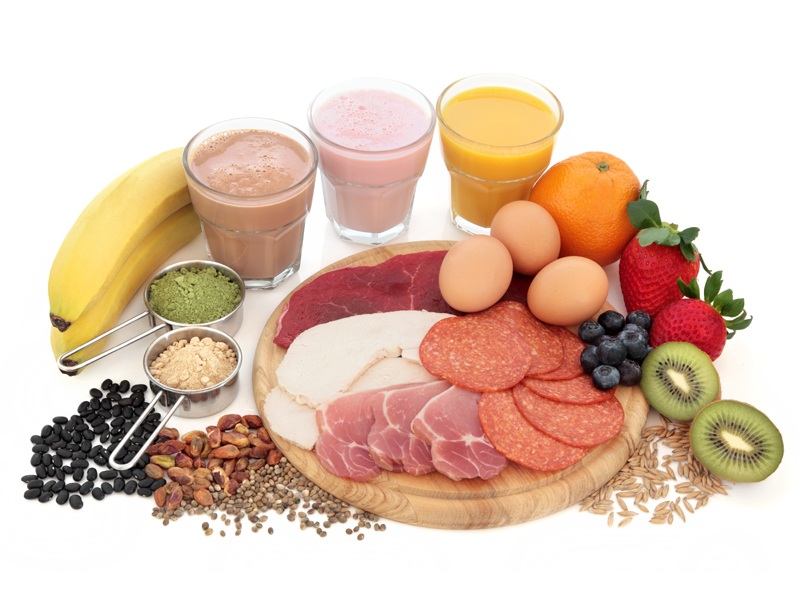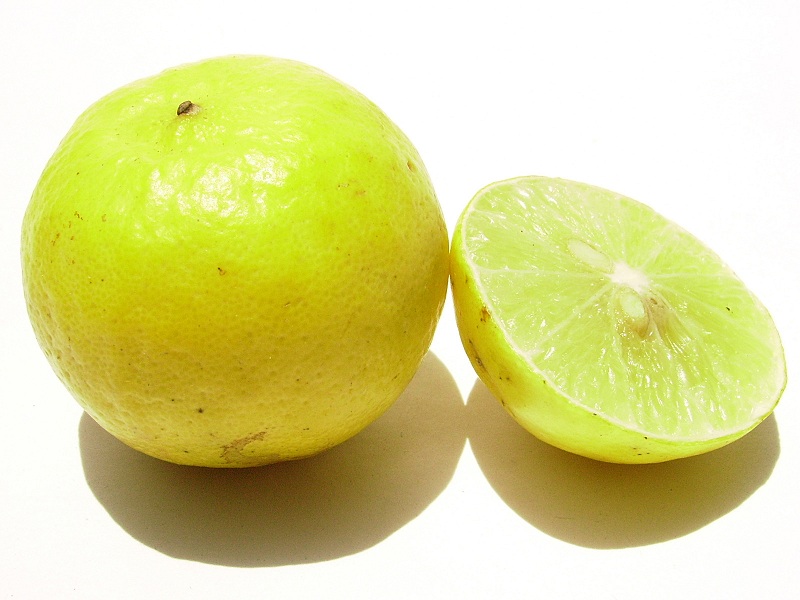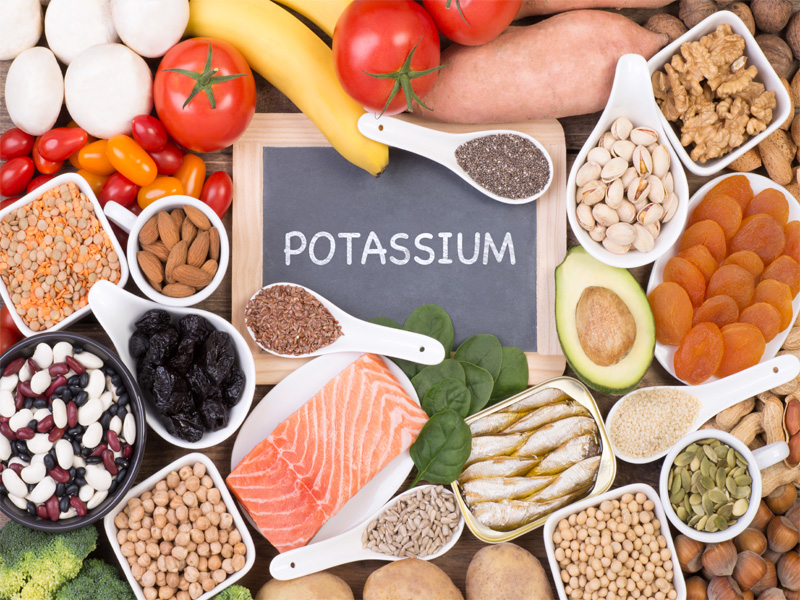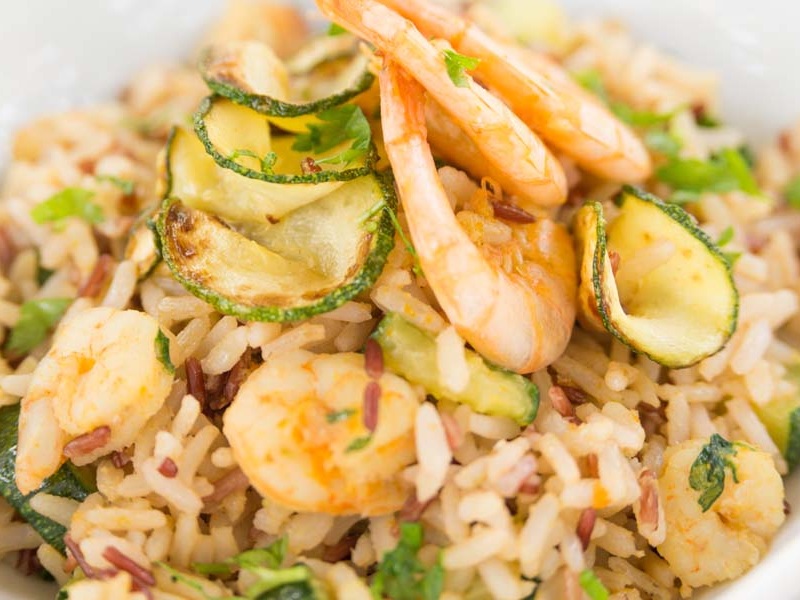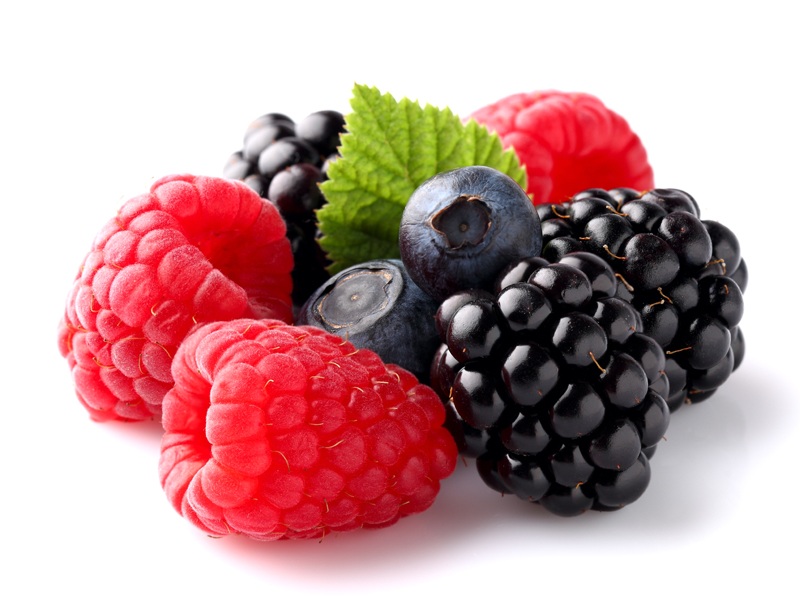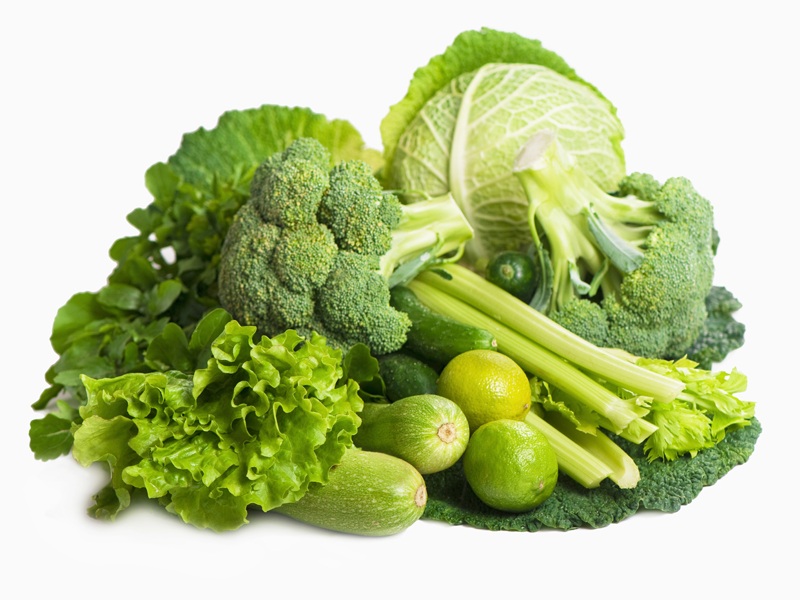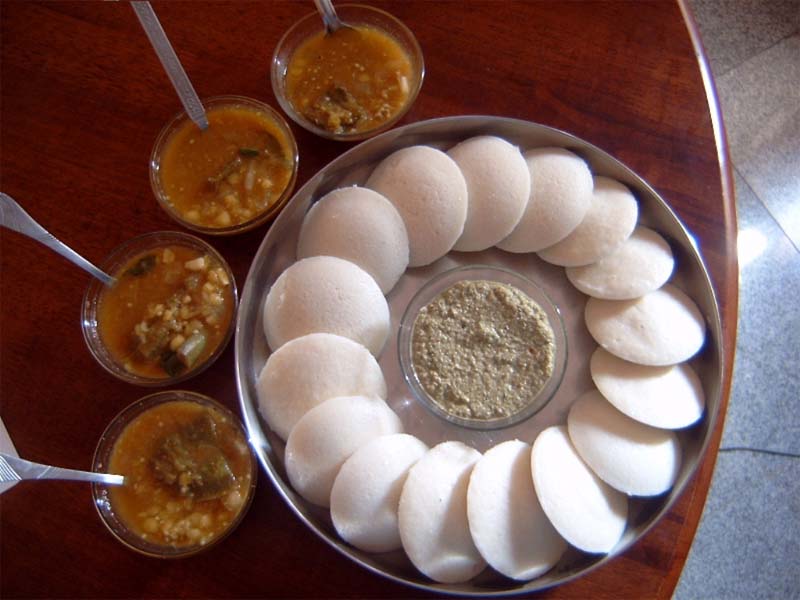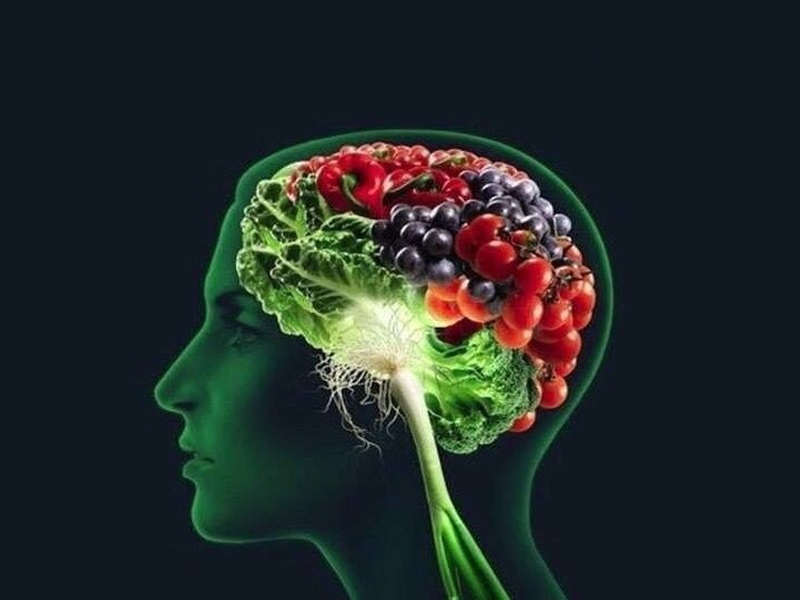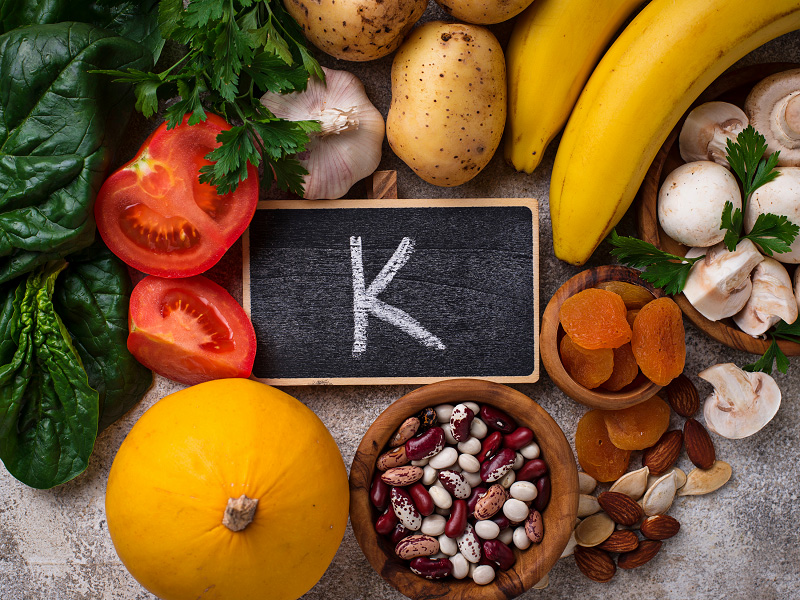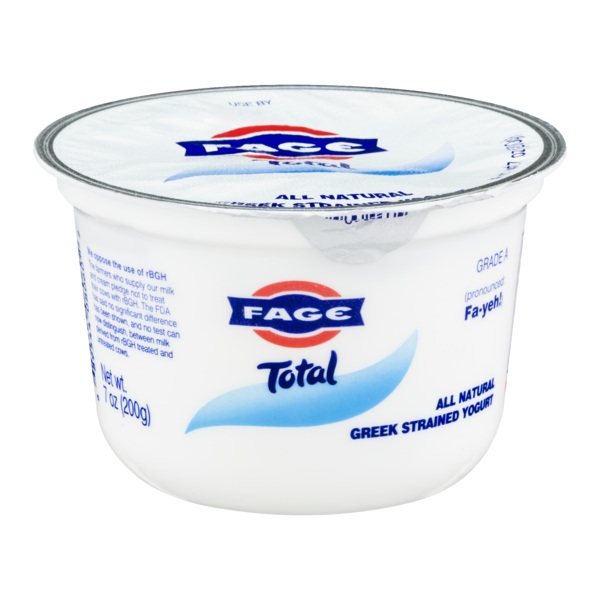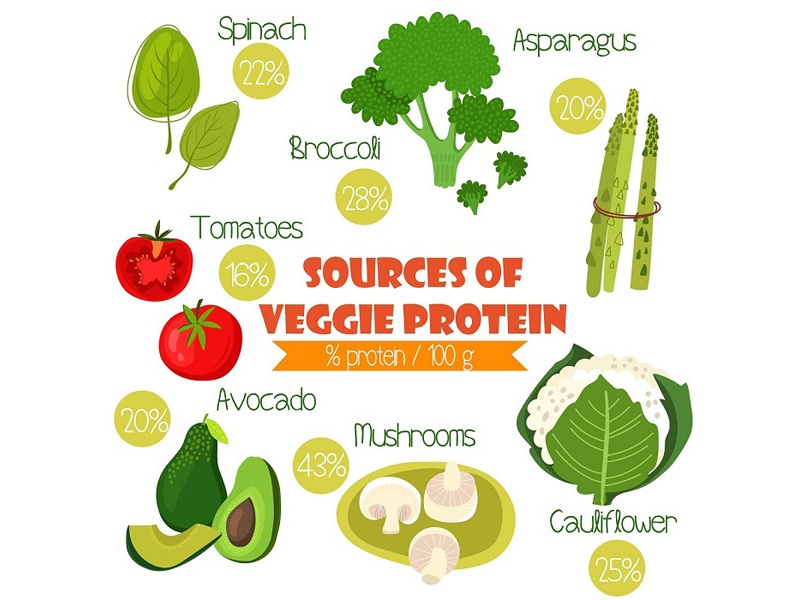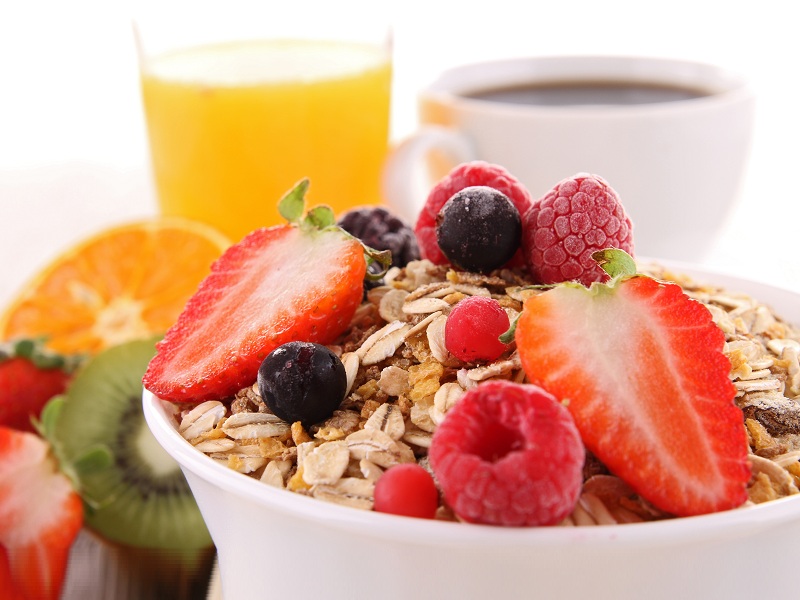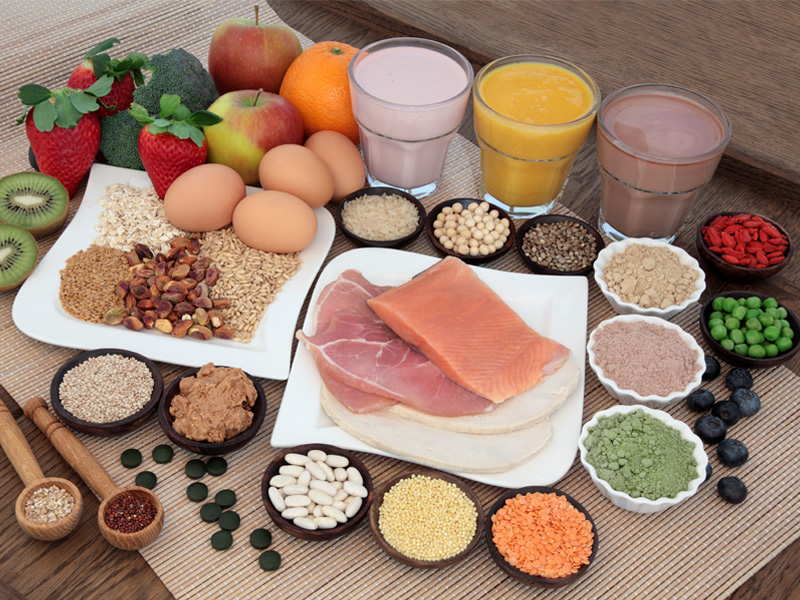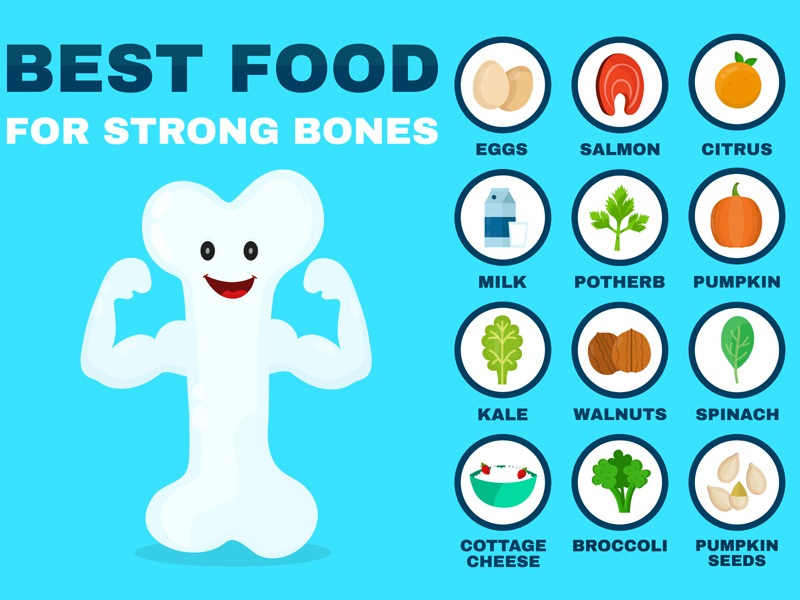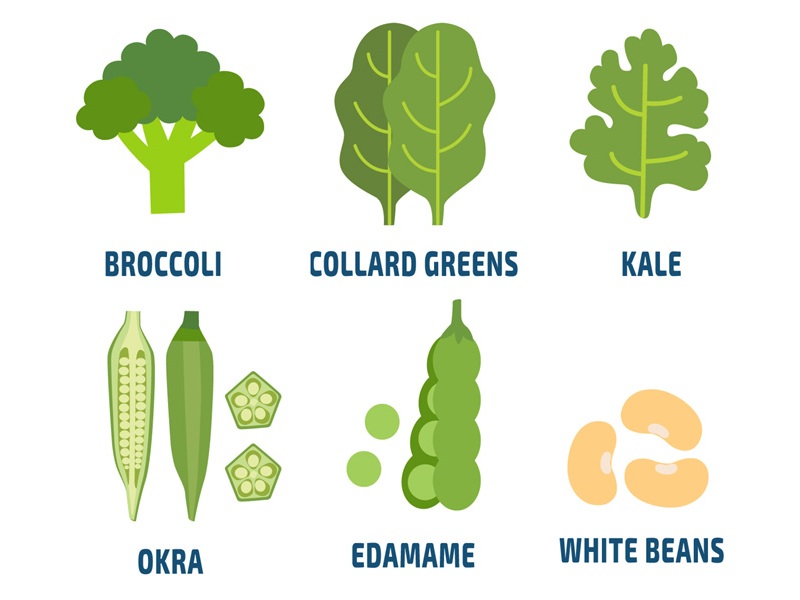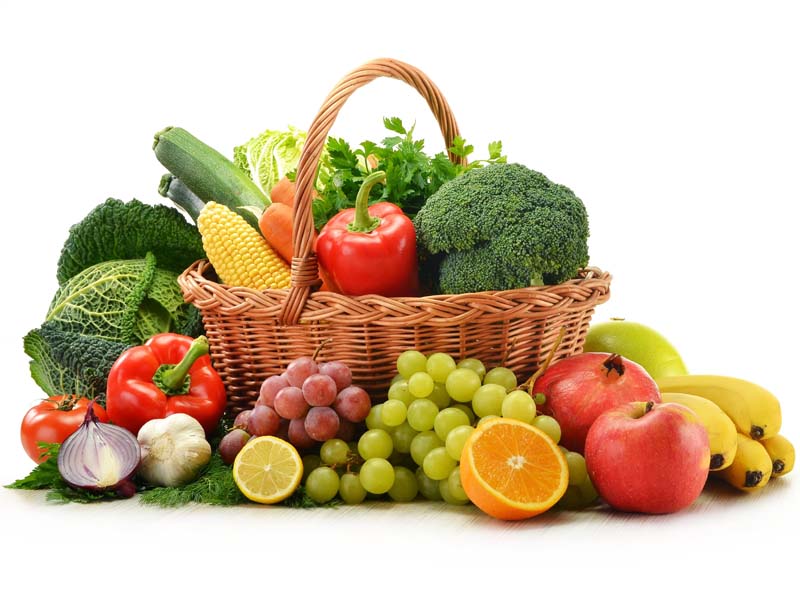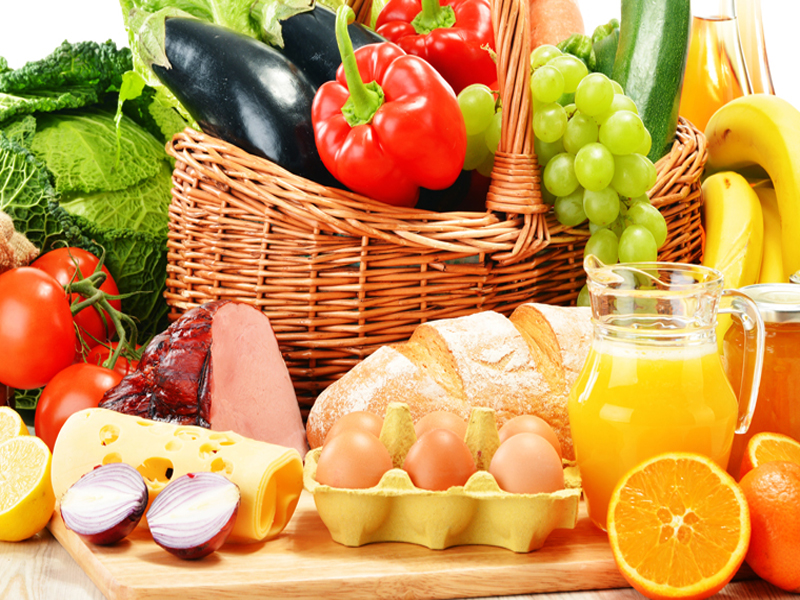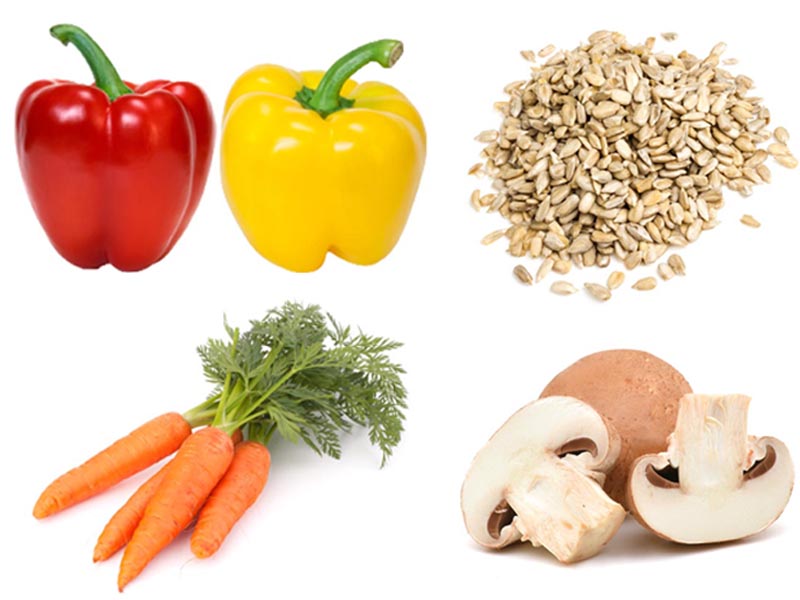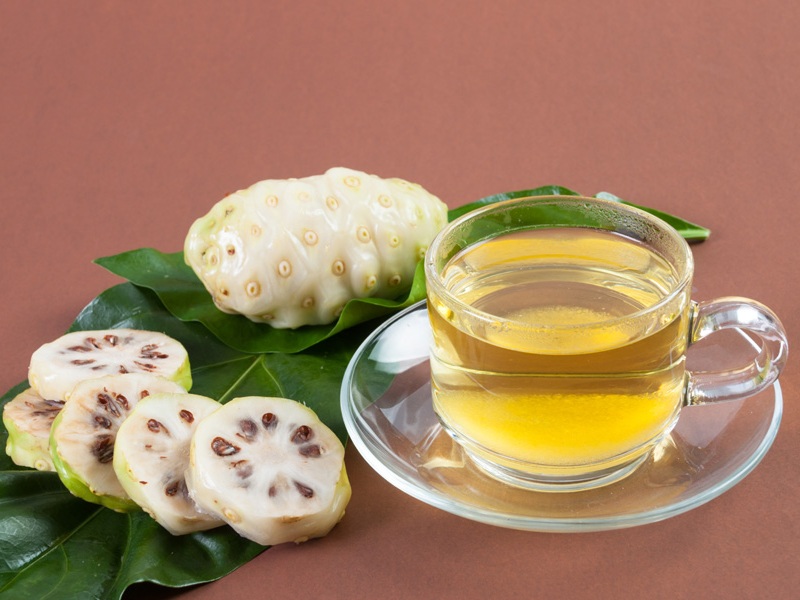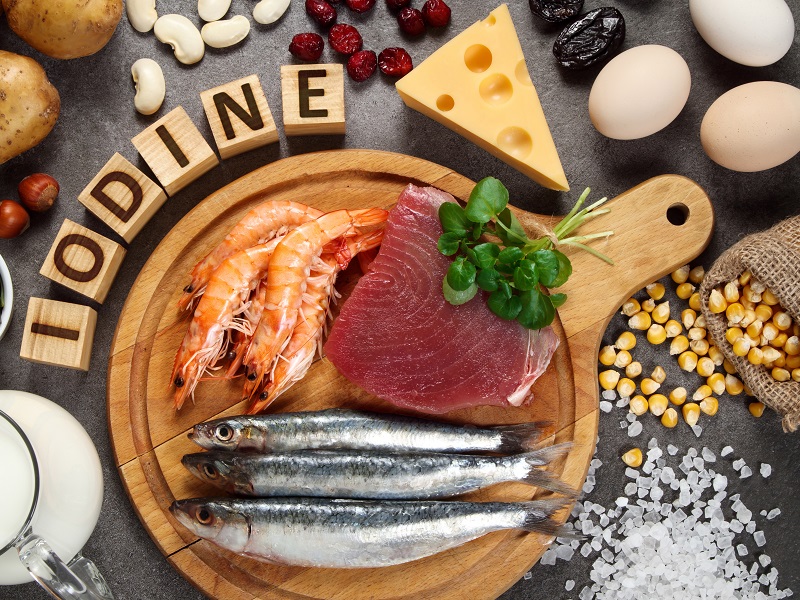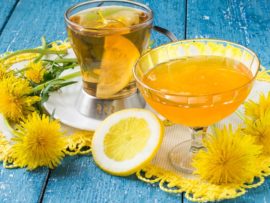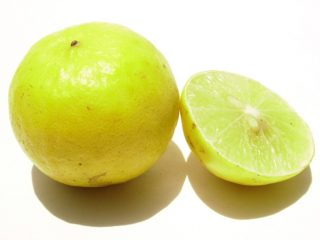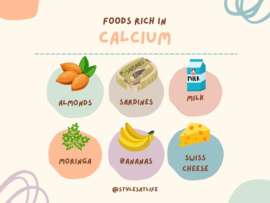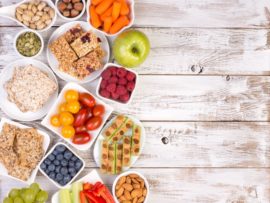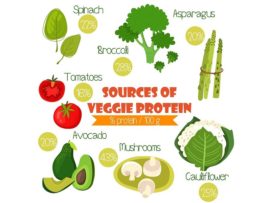Do you want to wear your favourite black jeans without looking fat? But don’t have the time and hassle to go through a strict regimen? Add fiber rich foods to your diet. Dietary fiber is a type of carbohydrate essential in regulating the entire body.
Many of us don’t meet the daily recommended amount of fiber for our bodies, creating many health issues. It is relatively easy to increase fiber intake. Just add foods rich in fiber into your daily diet and watch your body work wonders. Check out this article to know about fiber rich foods, and next time you go for grocery shopping, don’t forget to include them into your list.
What Is Fiber?
Many of us relate fiber with proper digestion and the healthy functioning of our body. Fiber is an essential carbohydrate which is a part of plant-based foods that our body cannot break down. The undigested fiber cleans your digestive tract flushing out harmful carcinogens and cholesterol. There are majorly two kinds of dietary fiber. They are soluble and insoluble fiber(1).
Different Types Of Fiber:
1. Soluble Fiber:
It is a variant of fiber that draws water and forms a gel. This gel slows down the digestive process, which can be useful for losing weight. Oats, legumes, edible plant skins, and nuts are some foods that are rich in soluble fiber.
2. Insoluble Fiber:
Insoluble fiber is another fiber variant that repels water. It’s primary perk being providing bulk to the stool and help ease the movement through the digestive tract. Vegetables, fruits, wheat bran, whole-grain foods are abundant in insoluble fiber.
Recommended Daily Fiber Intake:
Fiber intake per day for kids and adults of different ages are:(2)
Age (years) Fiber Intake(gms)
- 2-5 15gms per day
- 5-11 20gms per day
- 11-16 25gms per day
- 17 and above 30gms per day
Top Fiber-Rich Foods List In India:
Here are our 22 good foods that contain high fiber. Let’s have a look into them.
1. Brassica Vegetables:
Broccoli, cauliflower, kale, cabbage, and Brussel sprouts are called brassica vegetables. They are foods that have proper levels of high fiber. These vegetables are used in studies for cancer-protective effects that have high levels of glucosinolates. They can be included in our diet in the form of stir-fries, casseroles, soups, and salads and steamed as a side dish.
Food Portion Fiber Content
- Kale 1 cup 3gms
- Cauliflower 1cup 5gms
- Cabbage 1 cup 4gms
- Broccoli 1cup 5gms
- Brussels sprouts 1 cup 6gms
2. Legumes:
Legumes are one of the most naturally rich sources of fiber, as well as protein, lysine, vitamins, and minerals, in the plant kingdom. It’s no wonder many diets include a bean or two in the regime. It is better to introduce bean intake slowly as some people may experience intestinal gas and discomfort associated with bean intake. The top examples of legumes with high fiber are black beans, lentils, lima beans, and split beans. Add beans to your diet by using them in salads, curries, and stews.
Food Portion Amount of Fiber
- Navy beans 1 cup 19 gms
- Pinto beans 1 cup 15 gms
- Black beans 1 cup 15 gms
- Lentils 1 cup 16 gms
- Mung beans 1 cup 15 gms
- Lima beans 1 cup 14gms
- Kidney beans 1 cup 16 gms
- Adzuki beans 1 cup 17 gms
3. Bran:
One best way to power up on dietary fiber is to include Bran into your diet. Many grains provide the necessary fiber. Wheat, corn, oat, rice are a few grains that are a rich source of dietary fiber. Oat bran is high in soluble fiber, whereas wheat, corn, rice brans are high in insoluble fiber. It prevents constipation. Include bran to your diet by sprinkling them on your favourite cereal, pancakes, or muffins.
Food Portion Amount of Fiber
- Oat bran, raw 1 ounce 12 gms
- Wheat bran, raw 1 ounce 12 gms
- Rice bran, raw 1 ounce 6 gms
- Corn bran, raw 1 ounce 22 gms
4. Berries:
Food Portion Amount of Fiber
- Raspberries, raw 1 cup 8 gms
- Blueberries, raw 1 cup 4 gms
- Strawberries, raw 1 cup 3 gms
- Blackberries, raw 1 cup 8 gms
See More: Iron Food Sources
5. Daily Fruit Basket:
Sometimes we don’t realize that the necessary fiber is available in fruits we find every day and seasonal fruits too. Along with naturally packed with fiber, these fruits also provide vitamins and minerals. “An apple a day keeps the doctor away” looks like promising advice. We can add pears, oranges, bananas, and also seasonal fruit depending on the season. It is always healthy to add fruit to breakfast instead of juices. We can also add fruit into cereals, yoghurts, or a yummy fruit salad.
Food Portion Amount of Fiber
- Banana 1 medium 3 gms
- Apple 1 medium 4 gms
- Orange 1 medium 4 gms
- Pear 1 medium 6 gms
- Prunes ½ cup dried 6 gms
- Raisins 2 ounces 2 gms
- Peaches, dried ¼ cup 3 gms
- Figs, dried ½ cup 8 gms
6. Exotic and Seasonal Fruits:
Along with the fruits available daily, some exotic and seasonal fruits also have fiber in high amounts. Avacado is one such fruit that is creamy and a perfect option for vitamins and fiber. Mango and guava are seasonal fruits rich in fiber.
Food Portion Amount of Fiber
- Avocado, raw ½ fruit 9 gms
- Guava 1 cup 9 gms
- Mango 1 cup 3 gms
7. Leafy Green Vegetables:
Green is said to be the color of the fiber. Green, leafy vegetables are notably rich in vitamins, minerals, and beta-carotene. But their fibre content isn’t too bad. In fibrous vegetables, leafy greens take the first place. About 1 gram of fibre is present in 100 grams of leafy greens making it an excellent source of nutrients. You can add them in salads, sautee them in olive oil, add garlic, lemon, and herbs to bring out a rich flavour. Spinach leaves and beet greens contain Calcium, Iron, Vitamin C, Vitamin A collectively along with many other minerals.
Food Portion Amount of Fiber
- Spinach, cooked 1 cup 4 gms
- Beet greens, cooked 1 cup 4 gms
- Turnip greens, cooked 1 cup 5 gms
- Mustard greens, cooked 1 cup 5 gms
- Collard greens, cooked 1 cup 5 gms
8. Squash:
Dishing up squash irrespective of the season is another way to ratchet up fiber intake. Squash is a nutritious gem part of the gourd family. They come in a variety of flavours, textures, and colours. Squash is a rich source of fiber, vitamins, minerals, and carotenoids. Squash acts as an excellent condiment for meat. The body can achieve 5 grams of fibre with just 100 grams of squash.
- 1 cup of cooked Hubbarb squash provides 7 grams of fiber.
- You get 3 grams of fiber from 1 cup of cooked zucchini squash.
- 1 cup of cooked crookneck squash contains 3 grams of fiber.
- One cup of cooked summer scallop squash contains 5 grams of fiber.
- 9 grams of fiber per 1 cup serving of cooked acorn squash.
- 1 cup of cooked spaghetti squash contains 2 grams of fiber.
9. Mushrooms:
The fiber content in mushrooms varies with its type. White raw truffle has 0.8 gms of dietary fiber. But once cooked, the water content in mushrooms reduces, and fiber per cup drastically increases as they are more concentrated. For elevating fiber content, we can combine them with other fibre-rich vegetables.
Fiber Content: A 1-cup of cooked white mushrooms has 3.4 grams of fiber.
See More: Potassium Food Sources
10. Nuts:
You can go nuts to pack a punch of fiber. One ounce of nuts and grains contribute to the day’s fiber recommendation. It has a bonus of healthy fats, protein, and phytochemicals. Sprinkle a handful of nuts or seeds over breakfast cereals, yoghurt, salads, and desserts for a yummy way to take fiber. Walnuts, almonds, pistachio are some examples of nuts that have enough fiber to help your body function healthily.
- You can get 2 grams of fiber in a 1 ounce serving of walnuts.
- A serving of 24 almonds provides 4 grams of fiber.
- 1 ounce of cashews contains 1 gram of fiber.
- 49 pistachios provide you with 3 grams of fiber.
- A serving of 35 peanuts provides about 2 grams of fiber.
- 28 grams of Brazil nuts contain 2 grams of fiber.
- 1 ounce of pinon nuts gives you 1.2 grams of fiber.
11. Sweet Corn:
Sweet corn has insoluble fiber in abundance, which is good for gut health. It feeds good bacteria present in our tummy. Sweet corn tops the fiber-rich food list as it provides additional nutritional value along with a lot of fiber. The amount of fiber present in sweet corn depends on the quality of produce.
Fiber Content: One cup of boiled sweet corn has 3.6 gms of dietary fiber.
12. Oatmeal:
Oatmeal is high in soluble fiber. Eating a bowl of oatmeal for breakfast is the best way to start your day. It is one of the best ways to curb body cholesterol. It is one of the best and superb fibrous foods. Soluble fiber beta-glucan in oats has numerous benefits that help reduce cholesterol and blood sugar levels. It promotes healthy gut bacteria, and you feel full.
Fiber Content: One cup of boiled oatmeal has 4 gms of fibre.
13. Artichokes:
These are exotic vegetables with high dietary fiber. They are young unopened flowers of plants that are botanically related to thistles. These veggies are easy to prepare, and their unique flavour makes their consumption enjoyable. A medium-sized artichoke provides almost half of the daily fiber requirement of the body.
Fiber Content: one medium-sized artichoke has 7gms of fiber.
14. Shredded Wheat Cereal:
The use of shredded wheat cereal every morning supplies the body with high fiber to ensure the smooth functioning of the body. It gives you an early energy boost and gives you a feeling of refreshment early in the morning and provides you with energy throughout the tedious day ahead. About a cup of shredded wheat cereal with milk can give up to 36% of the fiber requirement of the body.
Fiber Content: One cup of shredded wheat cereal provides five gms of fibre.
15. Bulgur:
Bulgur is an excellent choice for a healthy start of your day since it is low calorie, low fat, and rich in both soluble and insoluble fibre. Bulgur has a variety of vitamins and minerals, along with the right amount of fiber. It is tasty and quick to prepare and also very nutritious. The fiber content in bulgur helps in maintaining the health of your colon by keeping your bowel movements regular. Since it is a grain processed minimally, it is more nutritious than refined wheat products.
Fiber Content: One cup of bulgur has 8gms of dietary fiber.
16. Brown Rice:
If you want to keep your body in tip-top shape, try a serving of brown rice in your diet once or twice a week and keep up your body functions healthy. Brown rice is an excellent source of insoluble fiber. The insoluble fiber relieves digestion problems and keeps your faeces regular. Equal amounts of soluble and insoluble fiber are necessary for the healthy functioning of your body. But most of the fiber in brown rice is insoluble
Fibre Content: One cup serving size of brown rice has 4gms of fiber.
See More: Food Rich In Vitamin A
17. Carrots:
Carrot is a root vegetable available in vibrant orange and sometimes in pink colour. It is crunchy, tasty, and enjoy them both raw and cooked. It is rich in vitamin K, vitamin B6, magnesium, and beta-carotene, an antioxidant that converts into vitamin A. carrots improve eye health.
Fiber Content: One cup of raw chopped carrot has 3.6 gms fiber. One cup of cooked frozen carrot has 4.8 gms of fiber.
18. Coconut:
Fiber Content: 1 cup of shredded coconut contains 7.2 grams of fibre.
19. Onions:
Onions are a reasonable source of fiber, depending on the type of onion. They are very rich in fructans, a healthy soluble fiber. They are sources of prebiotic fibers called fructans. They feed the good bacteria in your gut. Onions are mostly water, carbs, and fiber. These fructans may cause digestive problems in some people.
Fiber Content: A cup of chopped onions has about 2.7 gms of fibre.
20. Quinoa:
Quinoa is referred to as “the mother of grain” by ancient Andean. It is a pseudo-cereal that is incredibly popular among health-conscious people. It is full of nutrients, including protein, iron, zinc, magnesium, potassium, and antioxidants, to name a few. Quinoa has been replacing rice and wheat rapidly. Diabetic patients benefit a lot from Quinoa since it ranks low on the glycemic index. Thirty-six percent of this dietary fiber is soluble, and 64 percent is insoluble
Fiber Content: a cup of cooked quinoa has 5.2 grams of fiber.
21. Dark Chocolate:
Who doesn’t love chocolate! Dark chocolate is one of the most delicious and well-liked foods by people of all ages. It is also nutritious and rich in antioxidants. It has a secret element: Fiber! To be precise dark chocolate made from 70-85% cocoa has 11 grams of fibre.
Fiber Content: A one-ounce piece of dark chocolate has 3.1 grams or 10.9 grams per 100 grams in dietary fibre.
22. Potatoes:
- 1 medium russet potato with skin provides 4 grams of fiber.
- One medium sweet potato with skin provides 4 grams of fiber.
- 1 medium red-skinned potato provides 3 grams of fiber.
Weight loss has become a prime goal for everyone these days. By making some changes to your daily diet, you can achieve any goal. Fibre-rich foods work best for weight loss, prevents constipation by clearing your digestive system. Junk foods attracting us left, right, and centre, many of us are not able to meet the fiber intake recommended daily. With the plethora of foods that can help your fibre intake, try adding some of the foods from the above list and reap the benefits.


